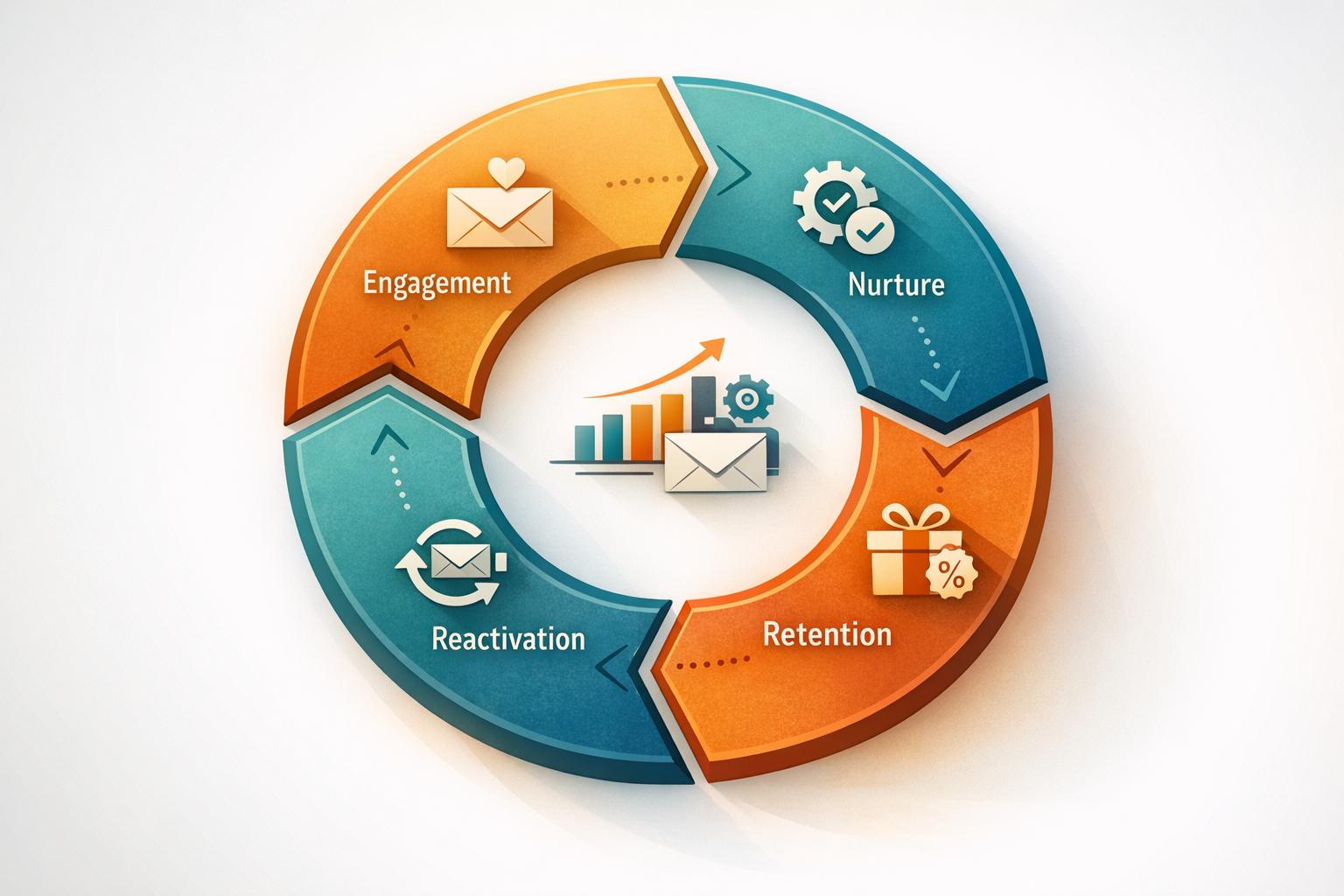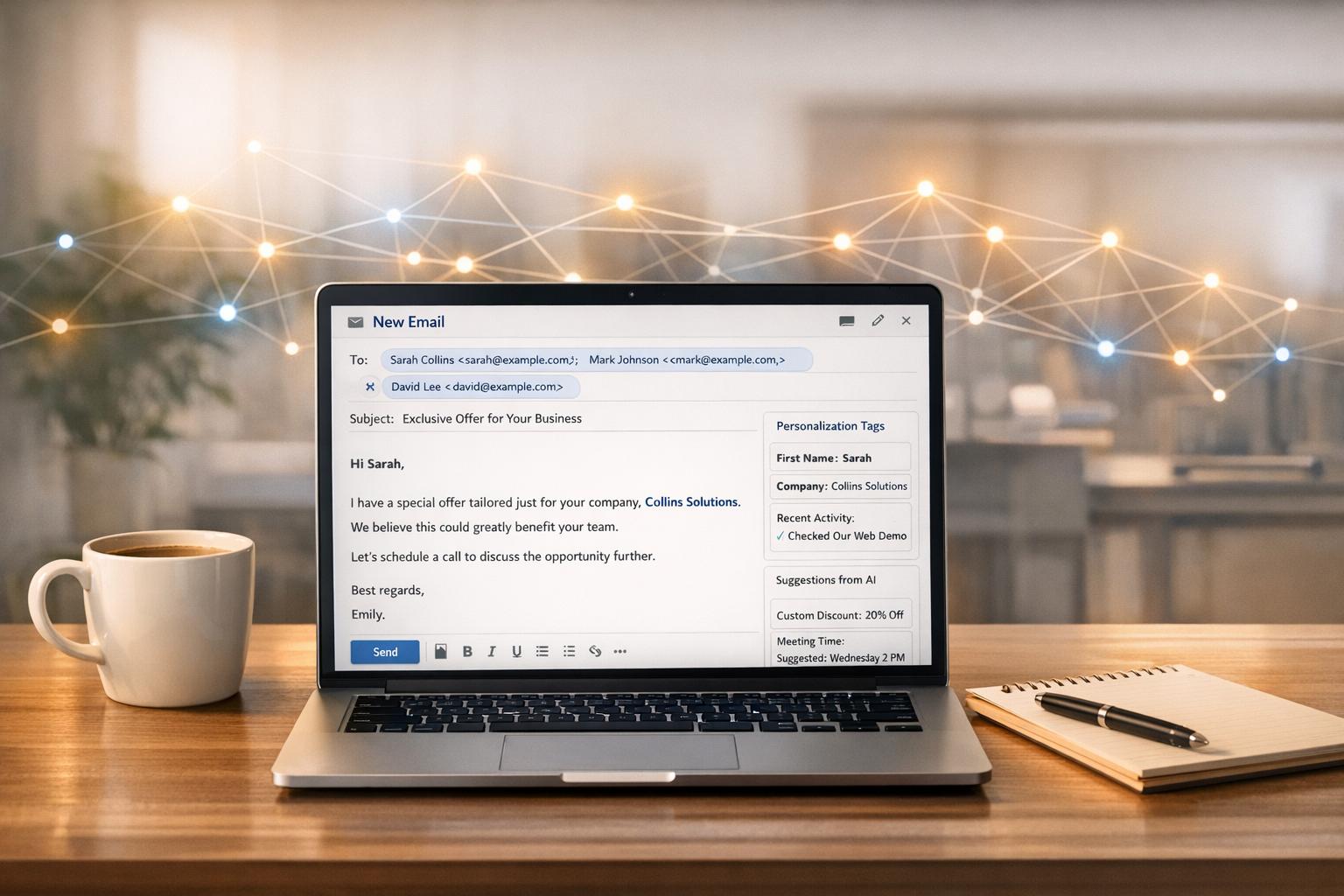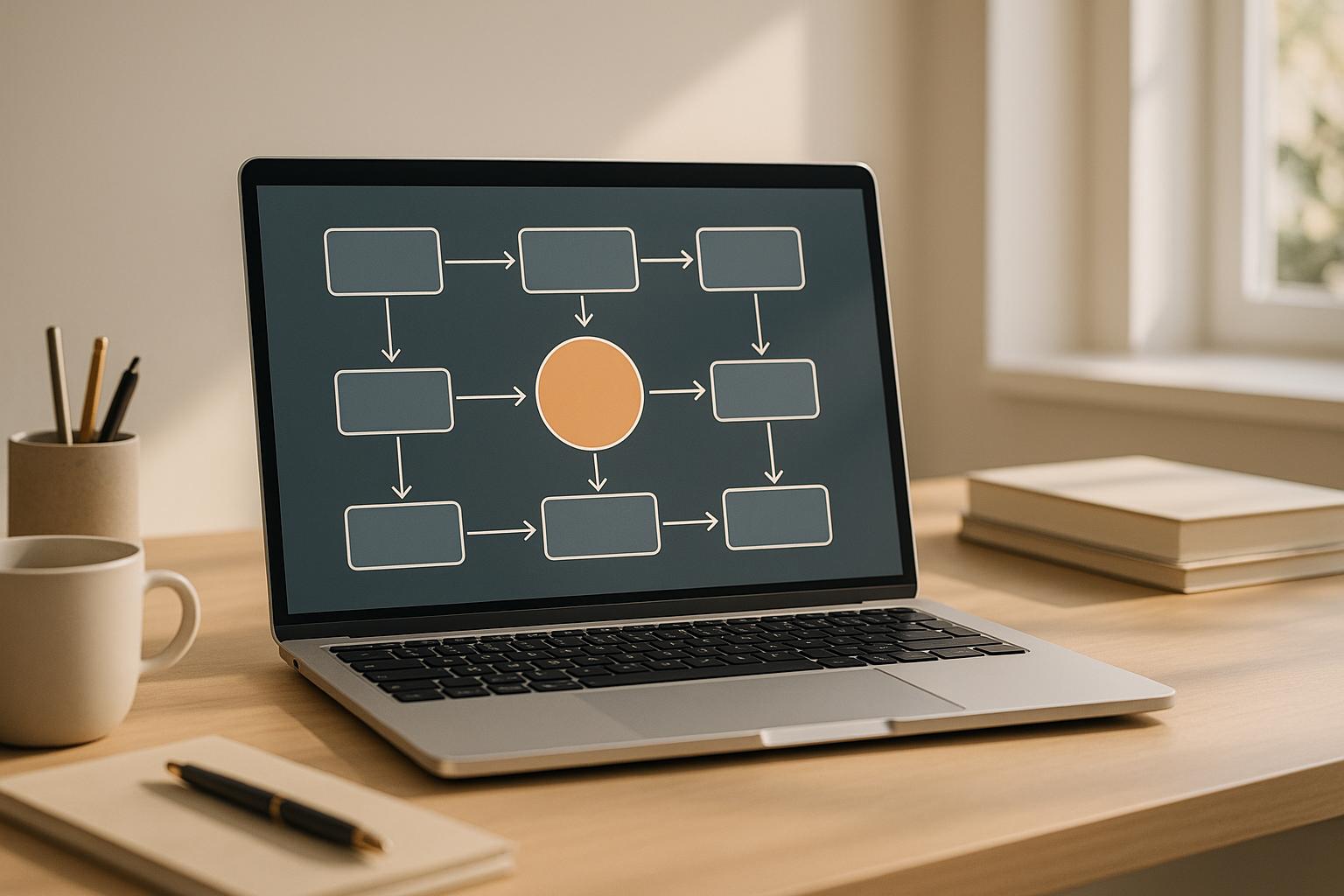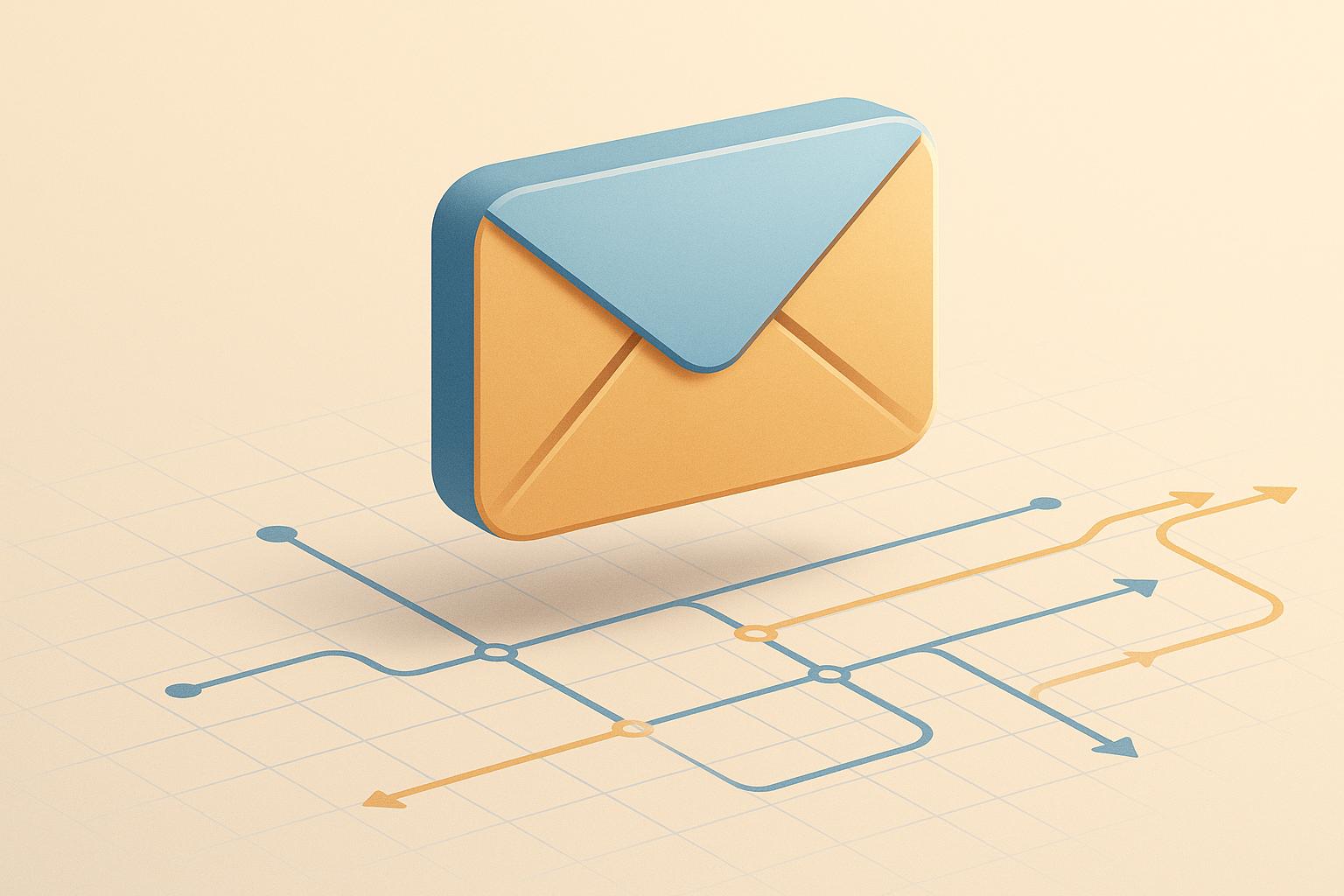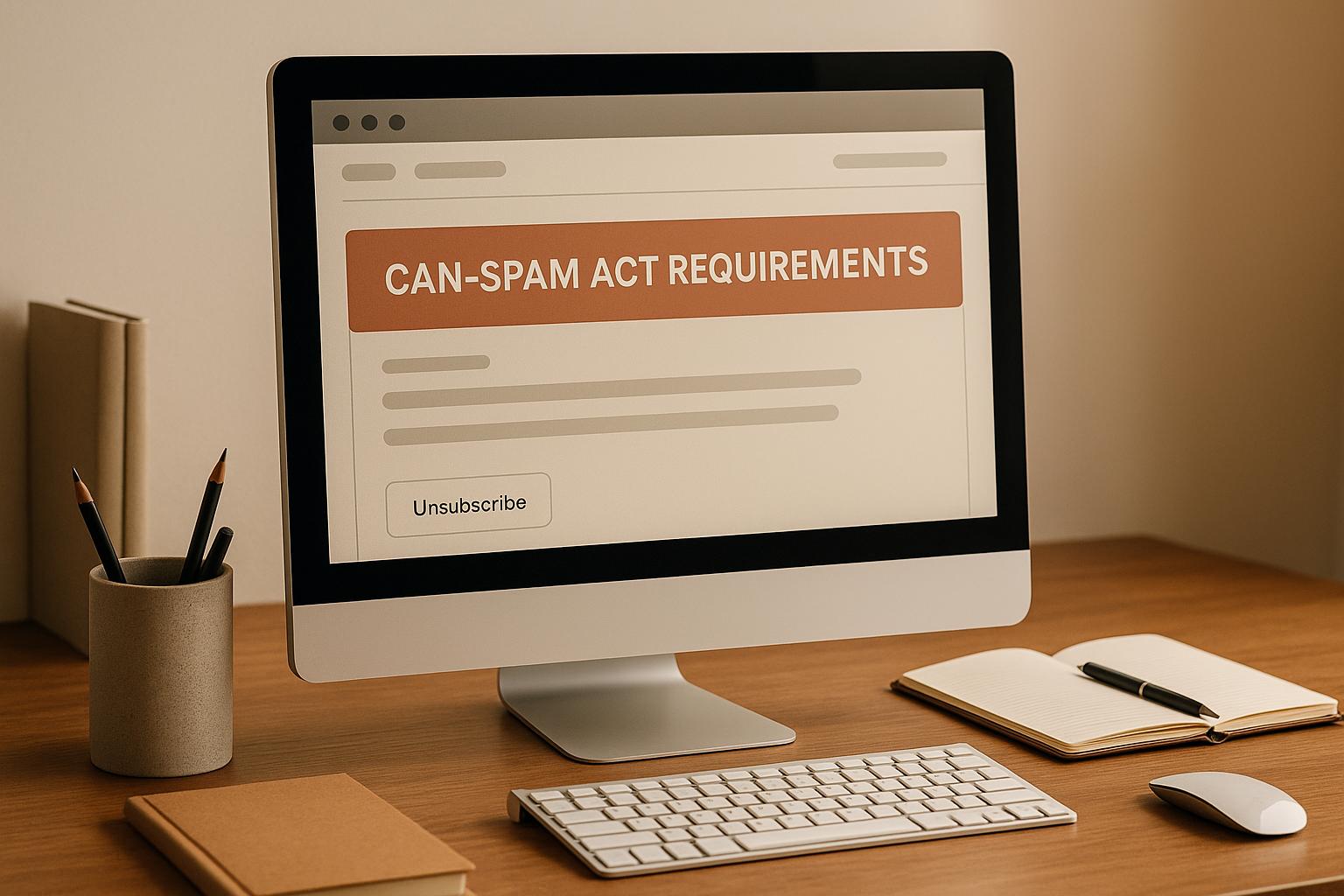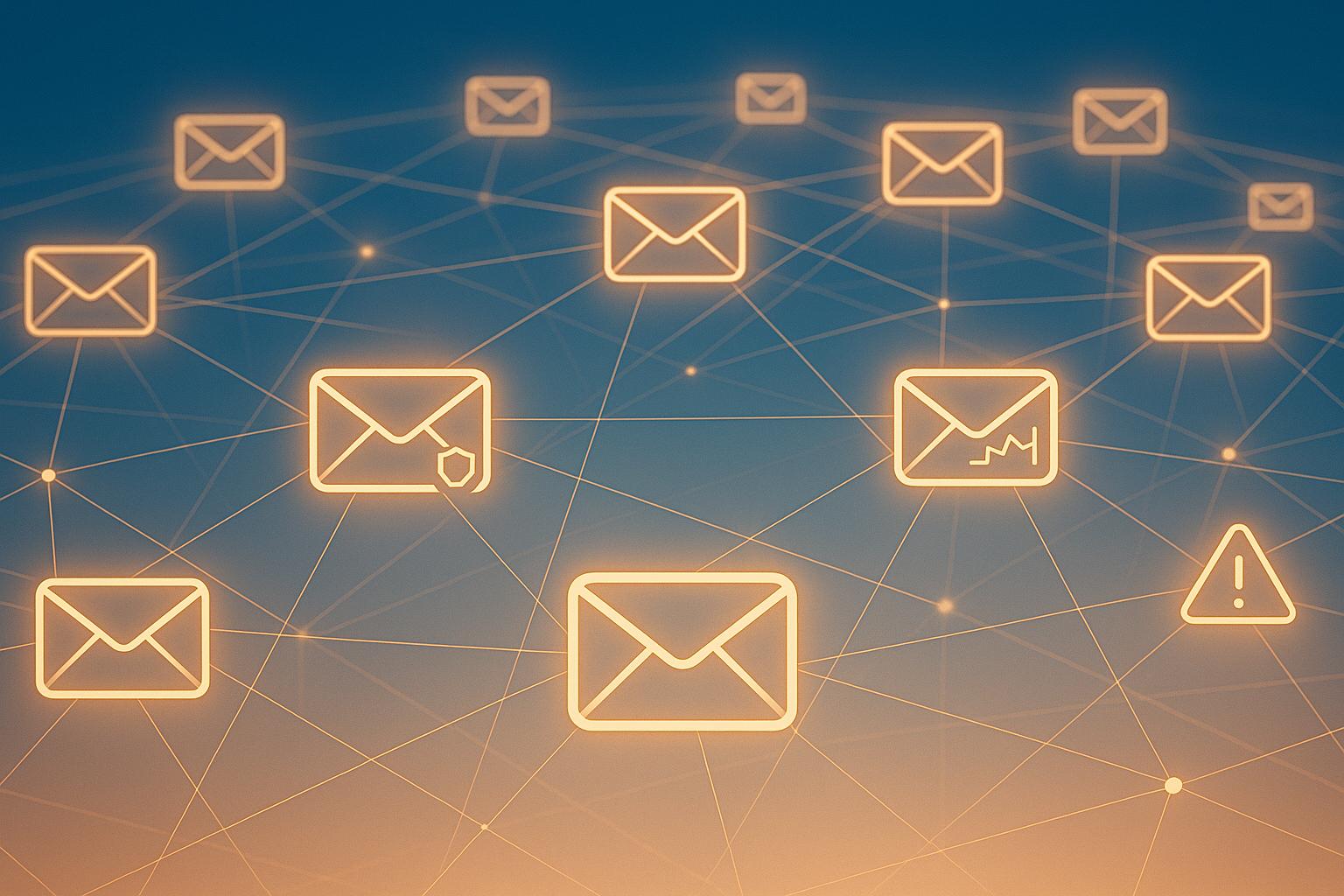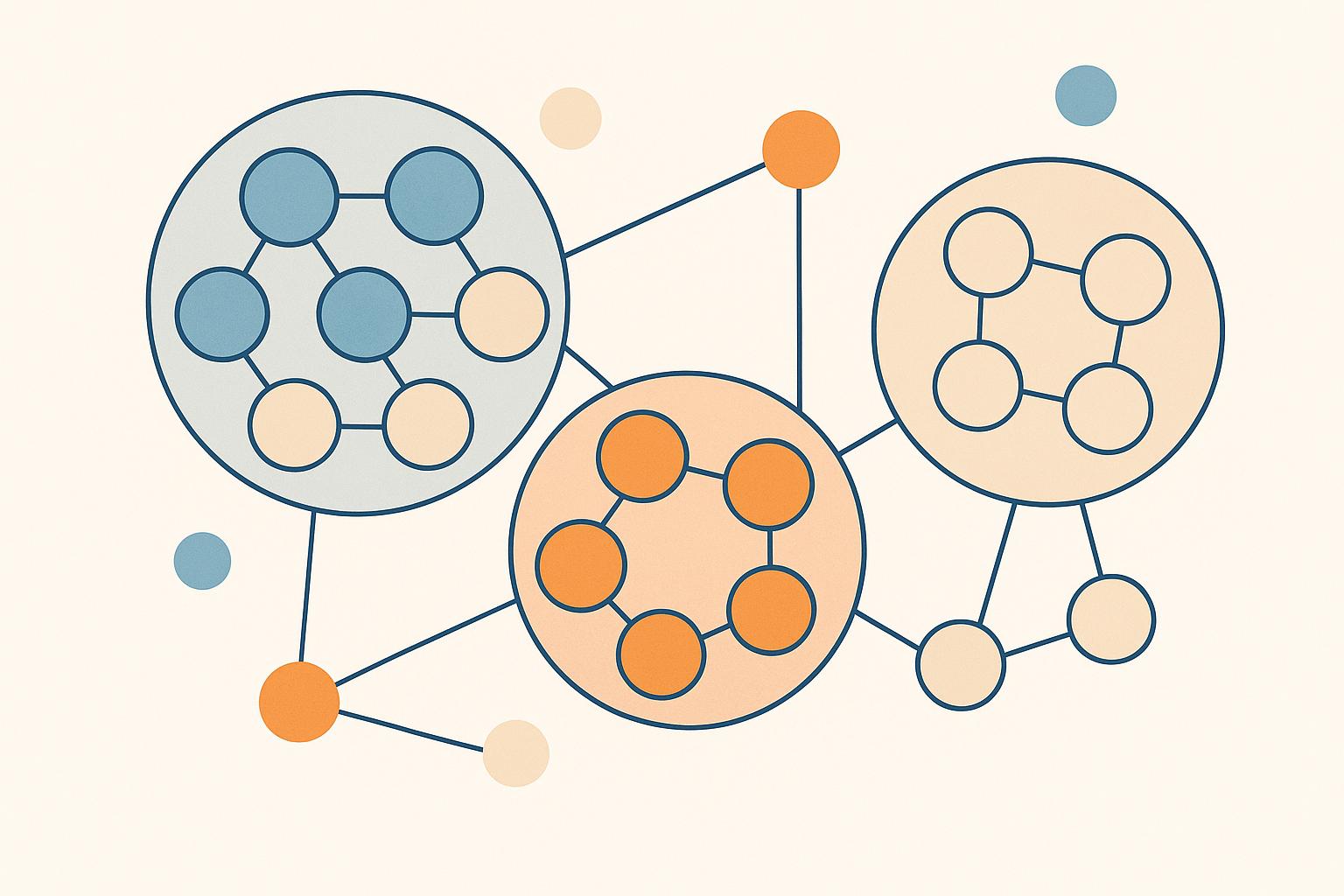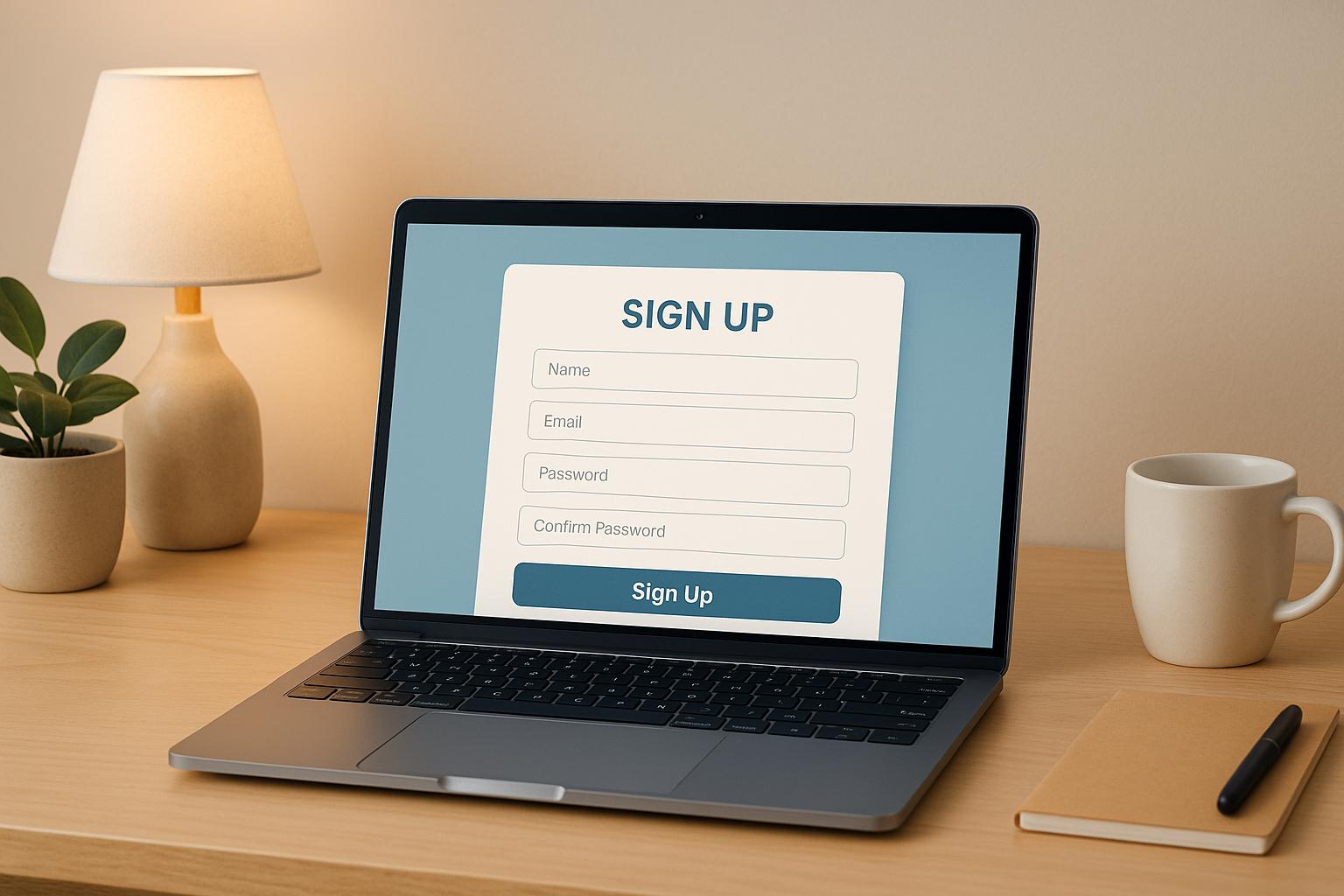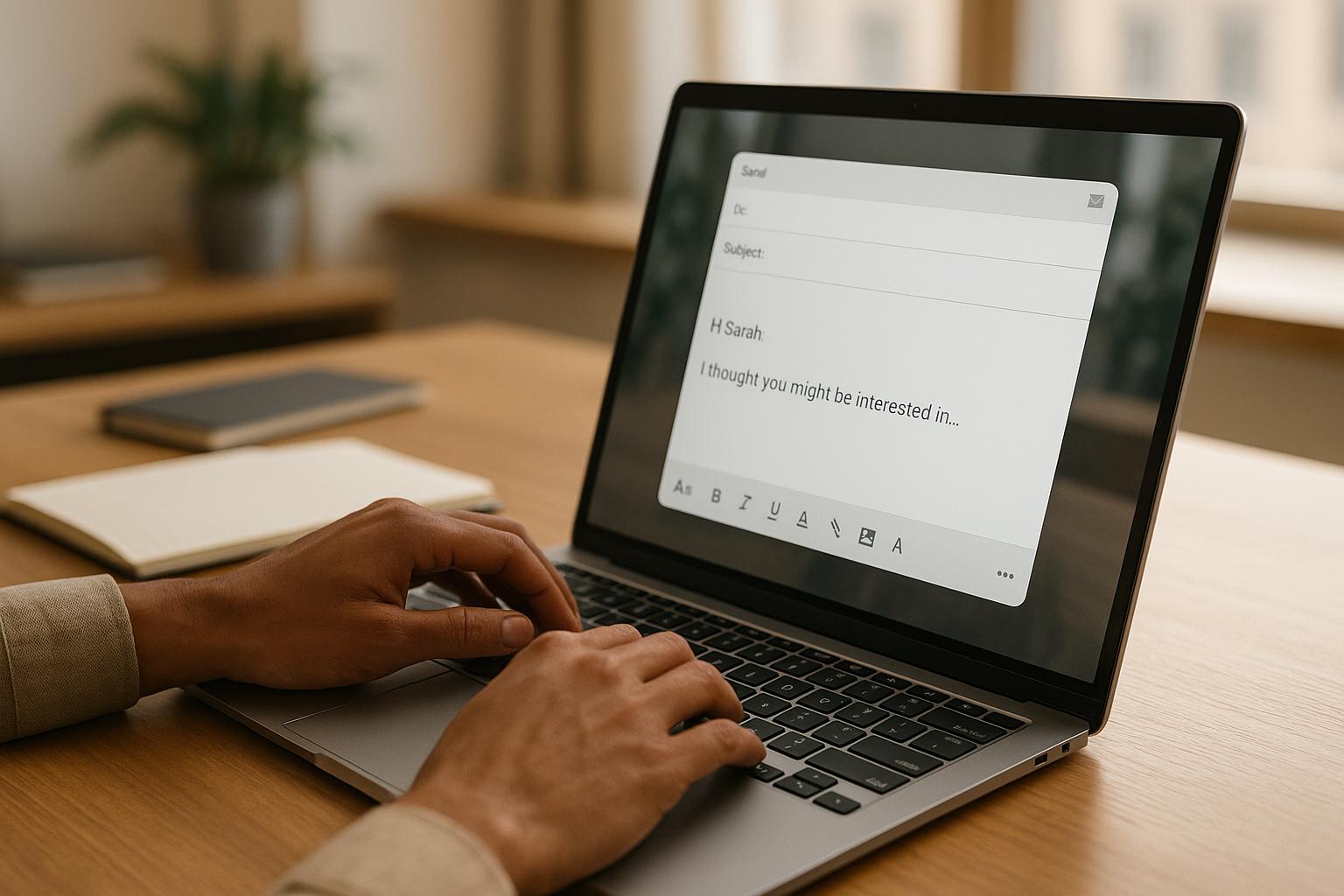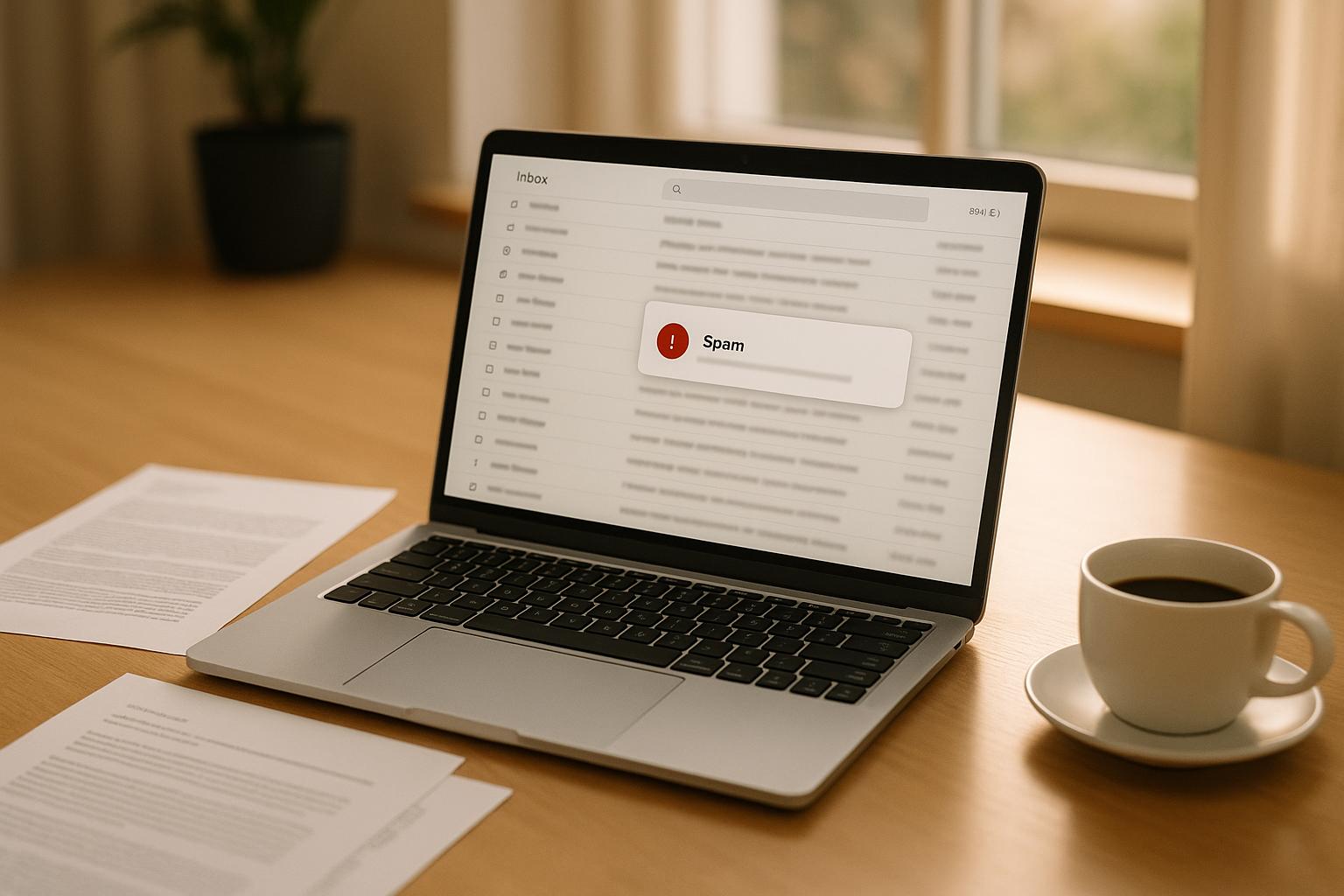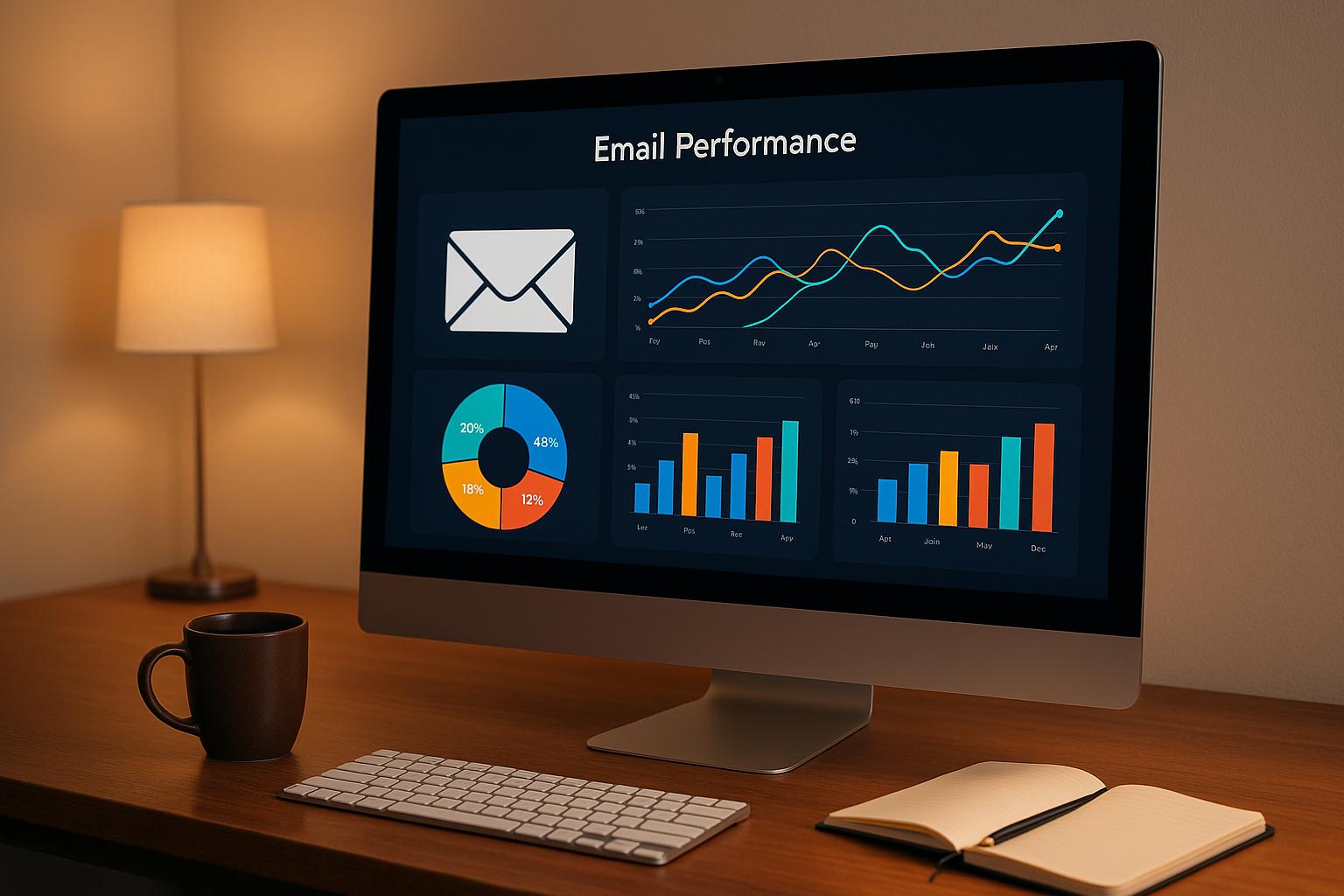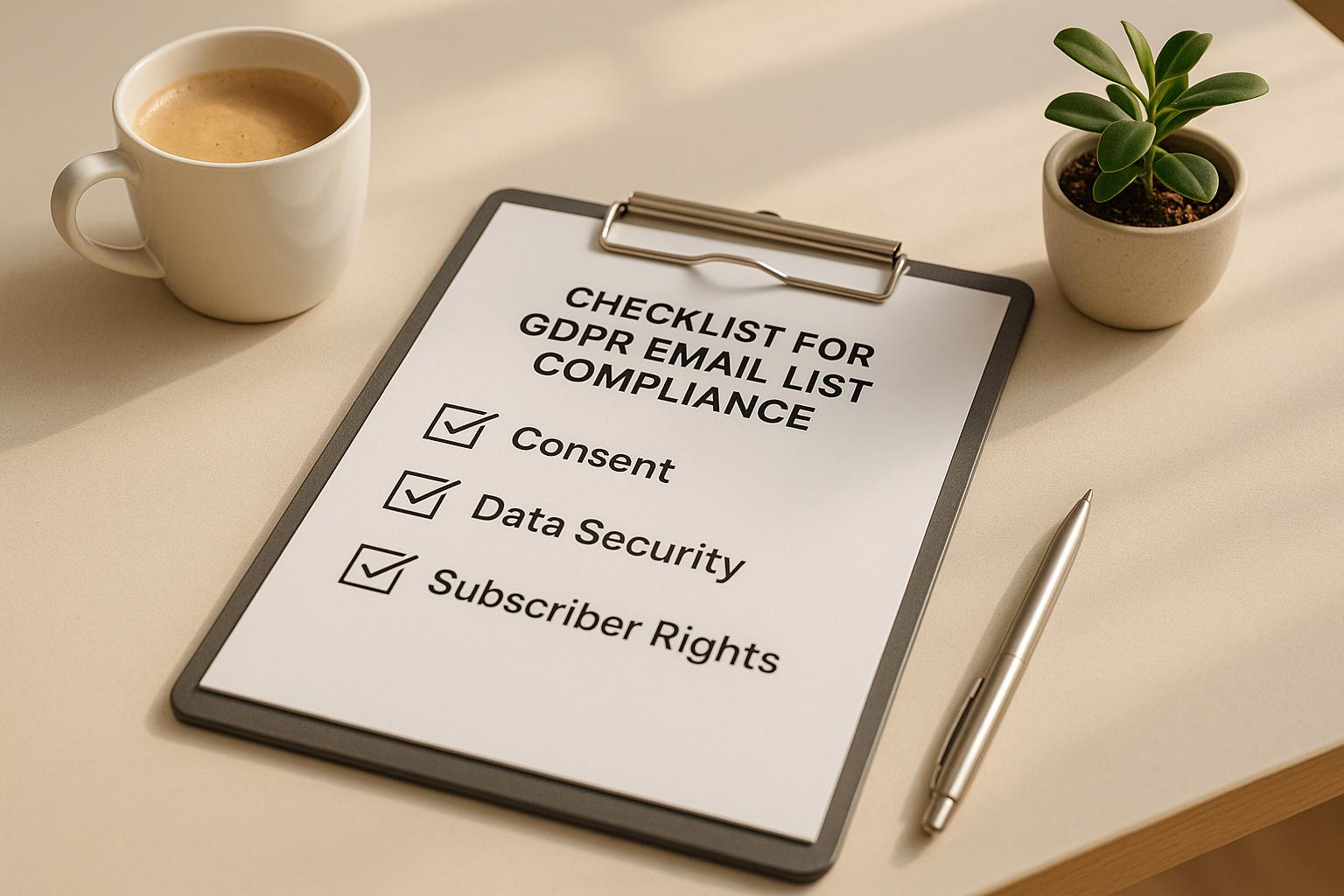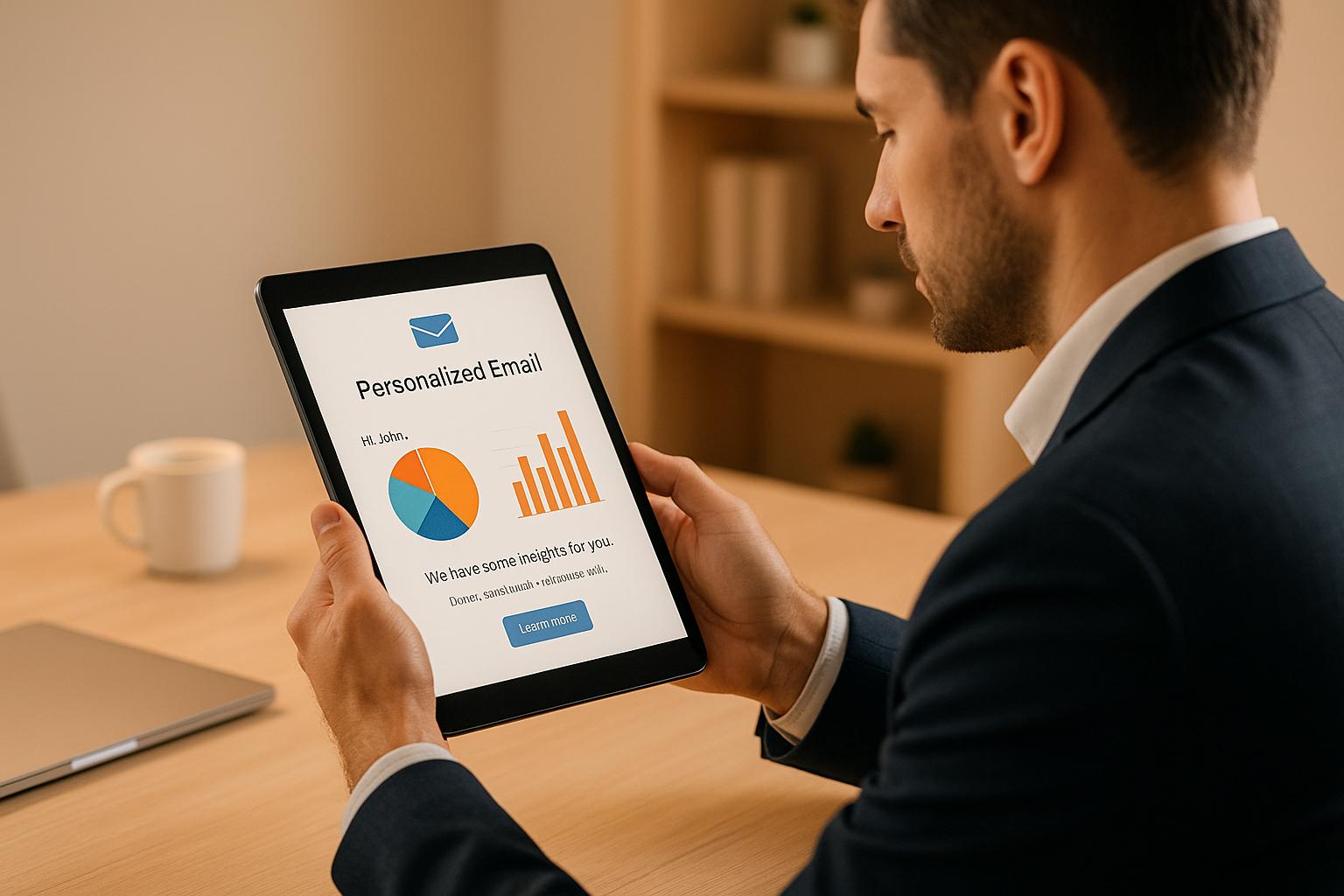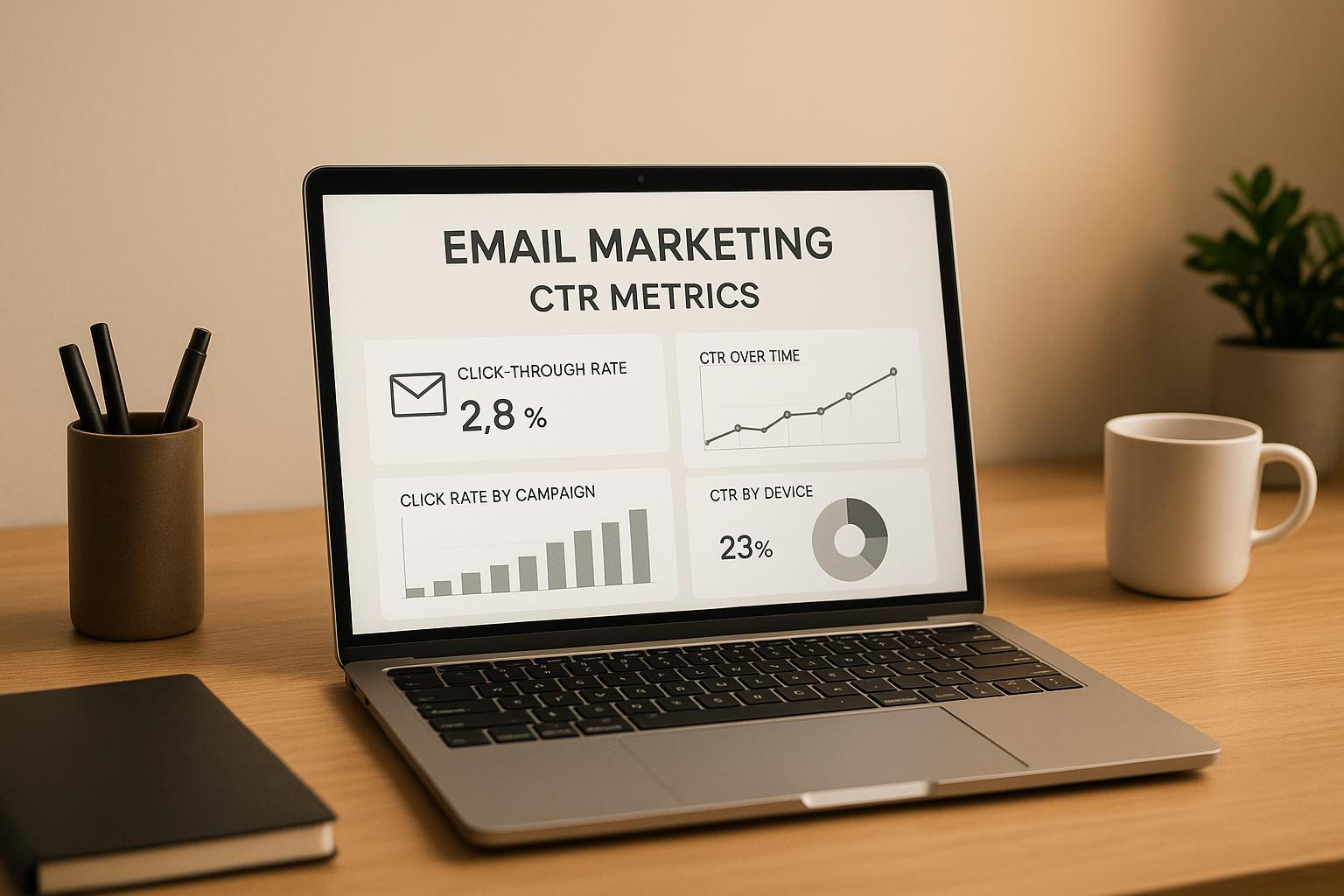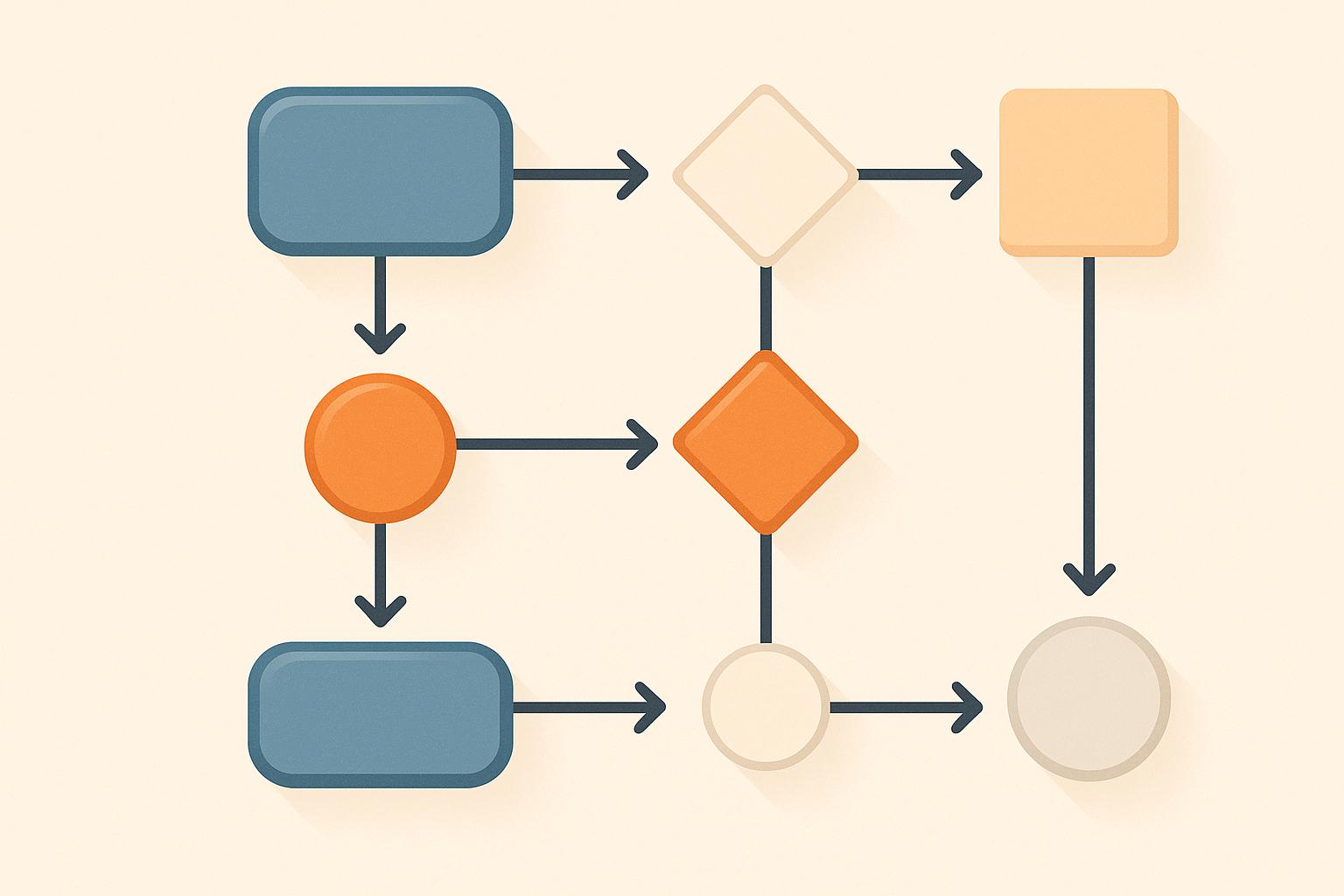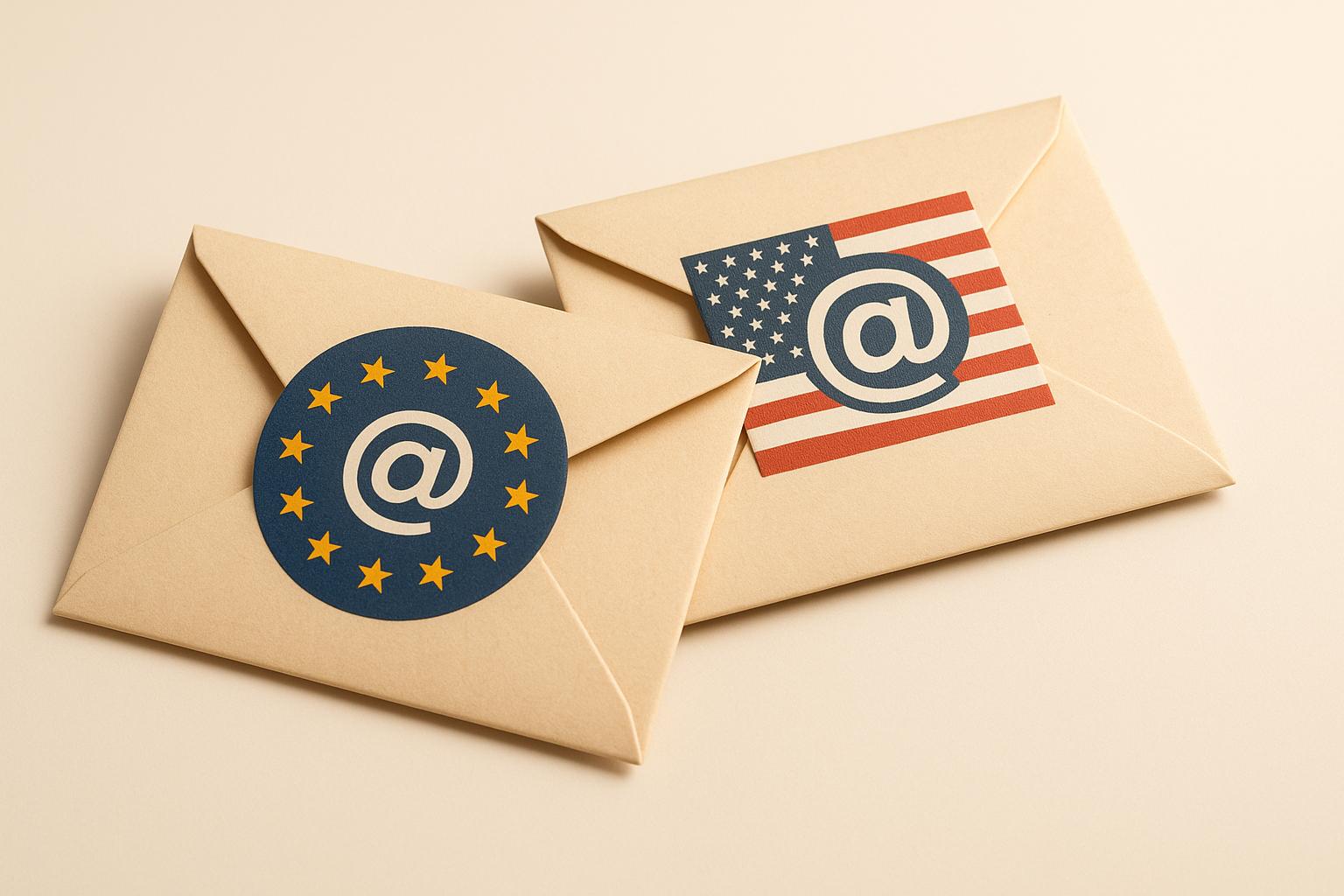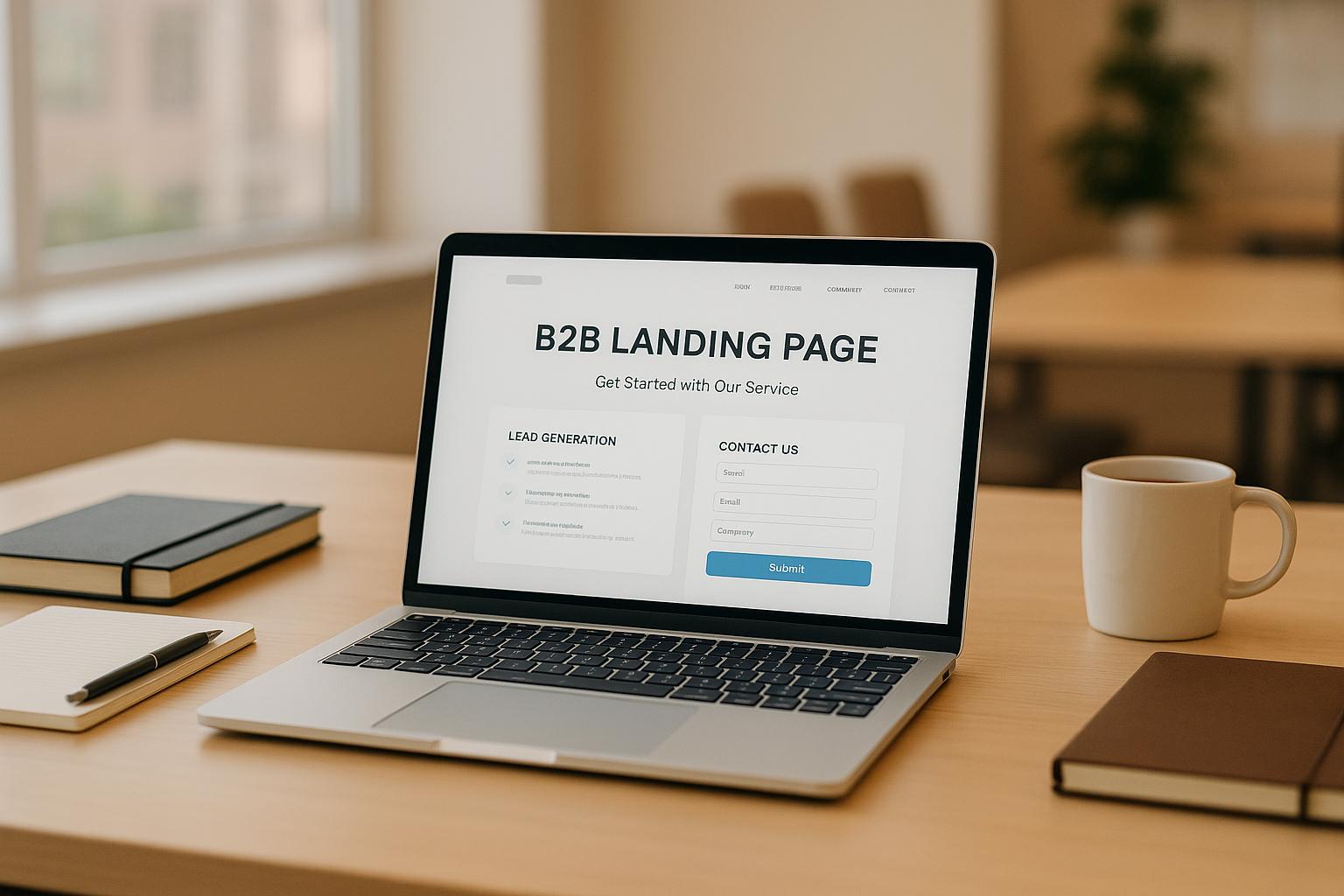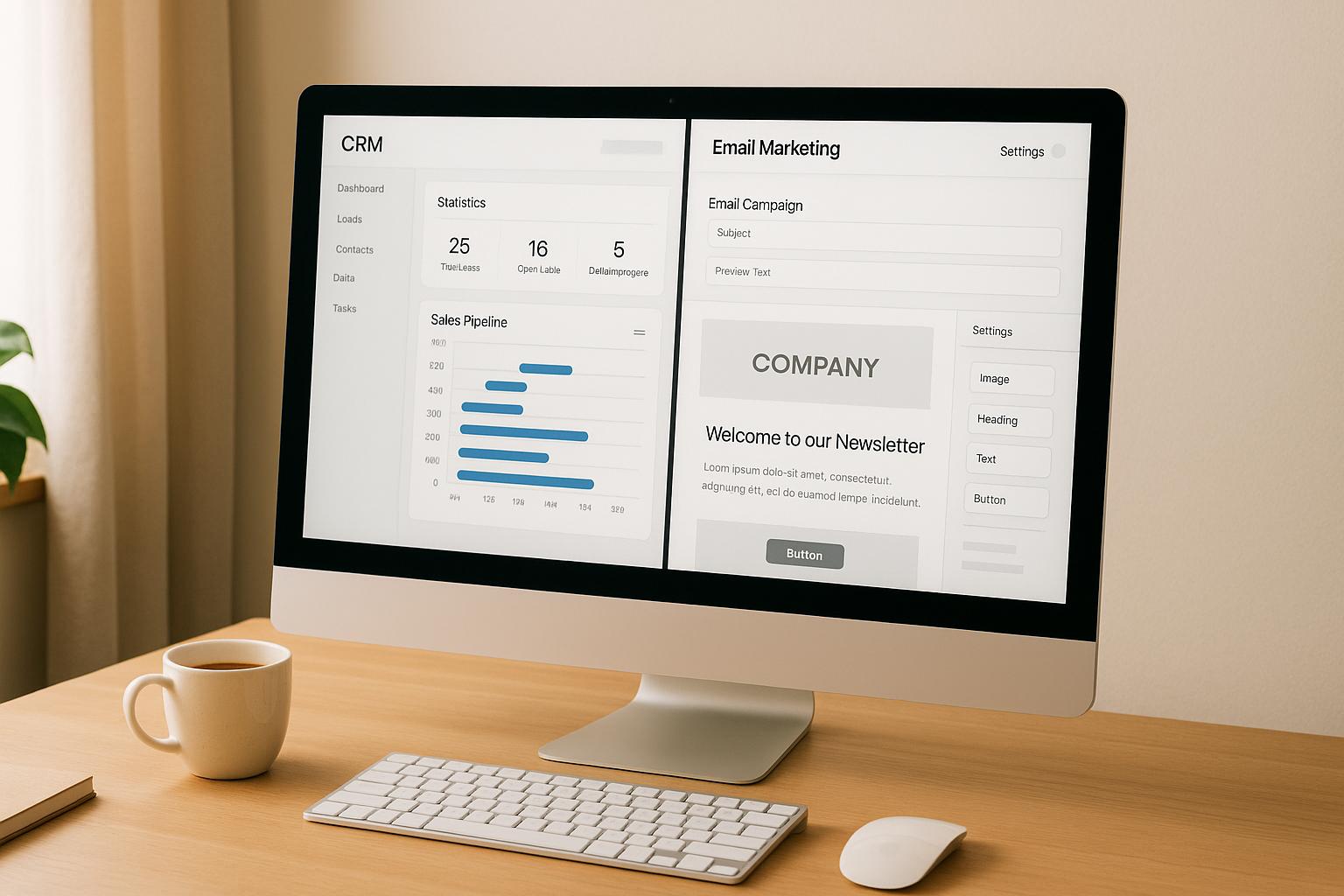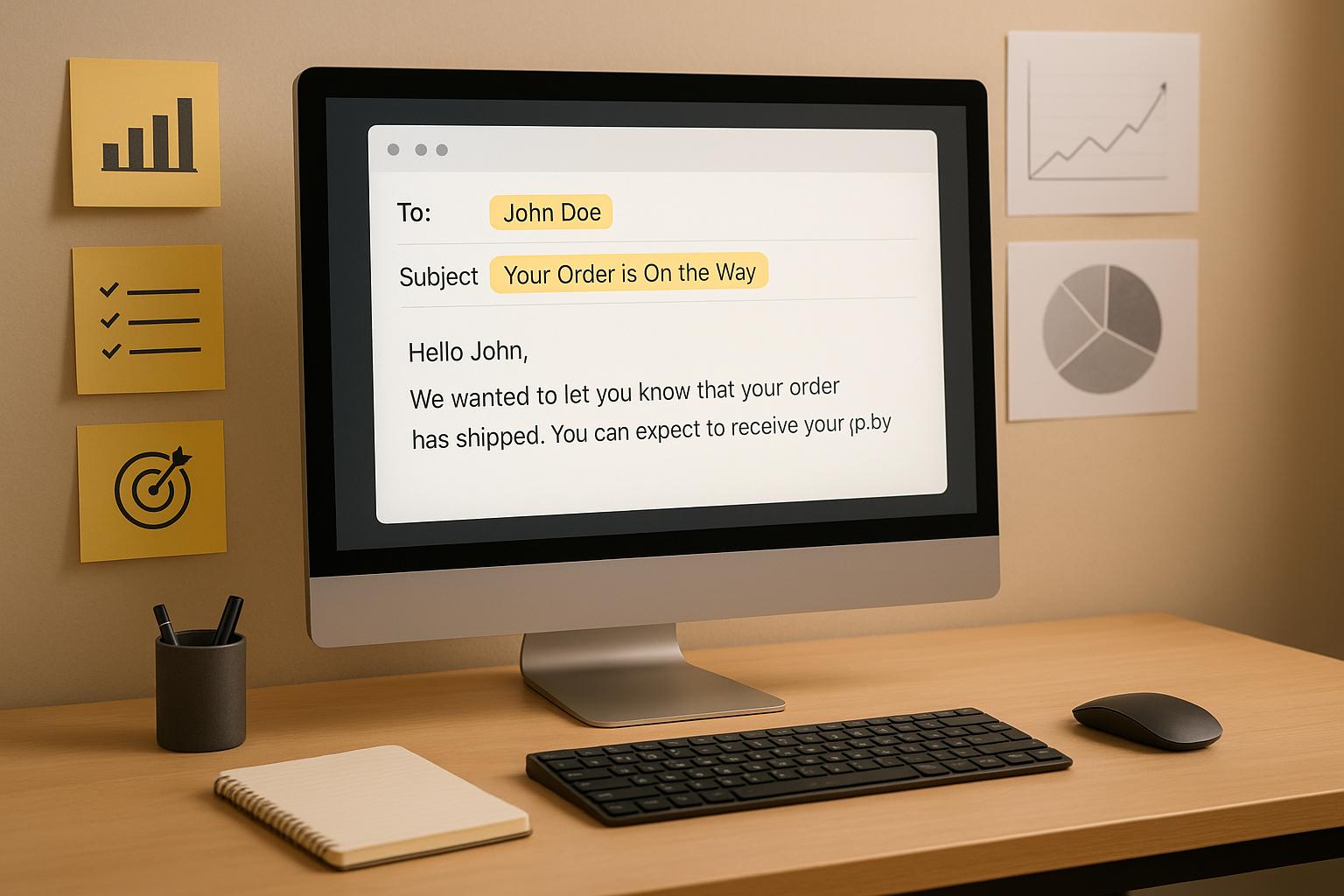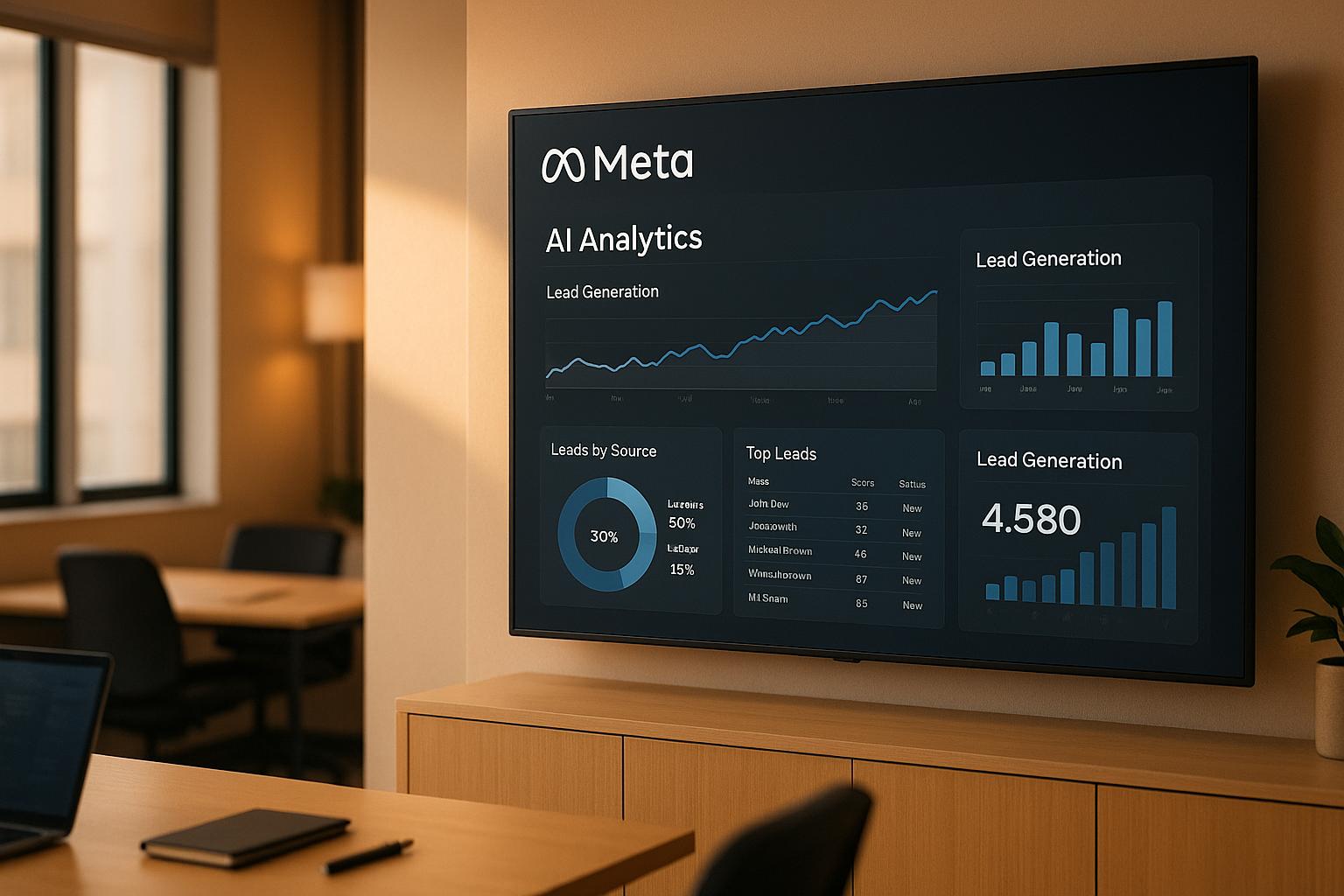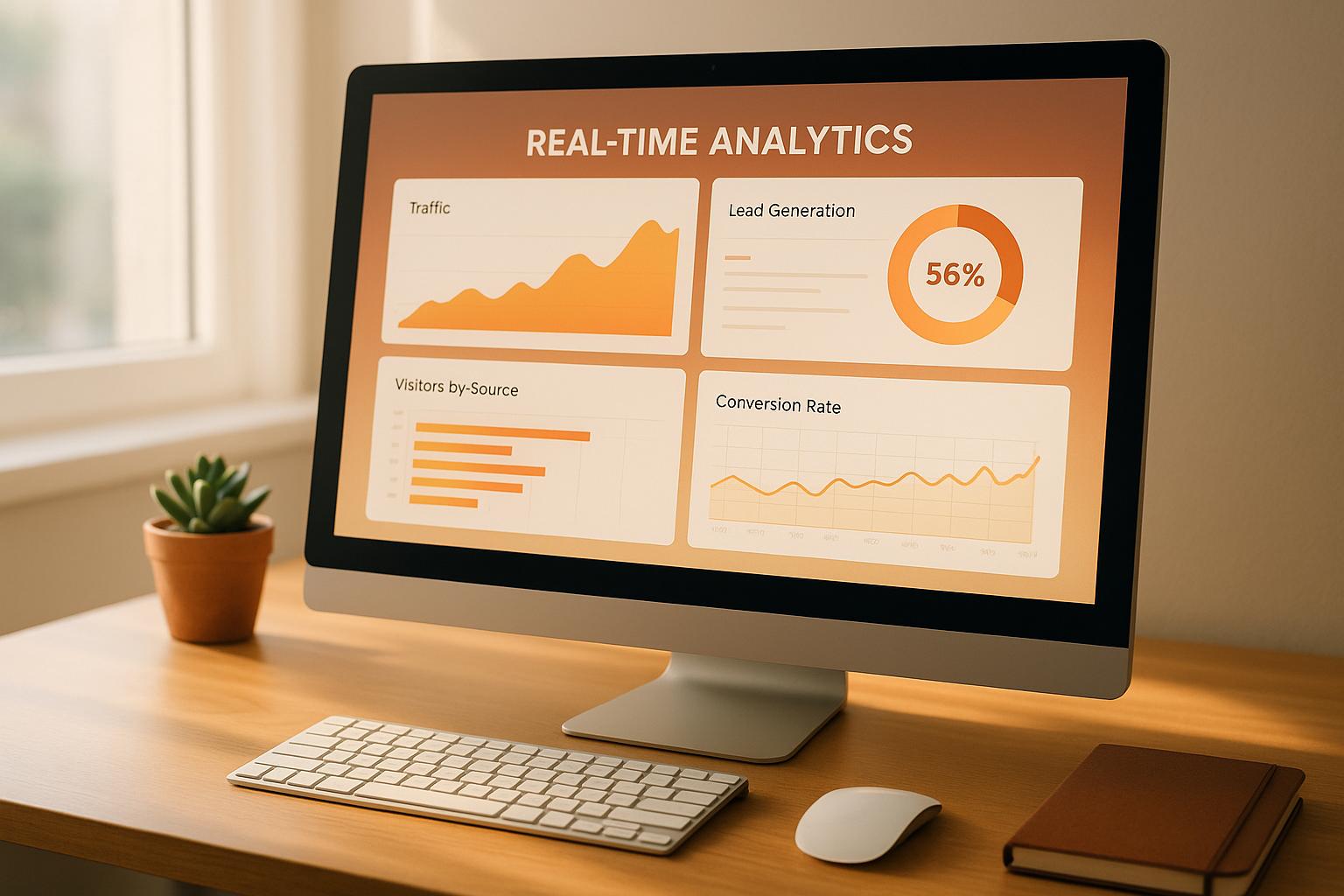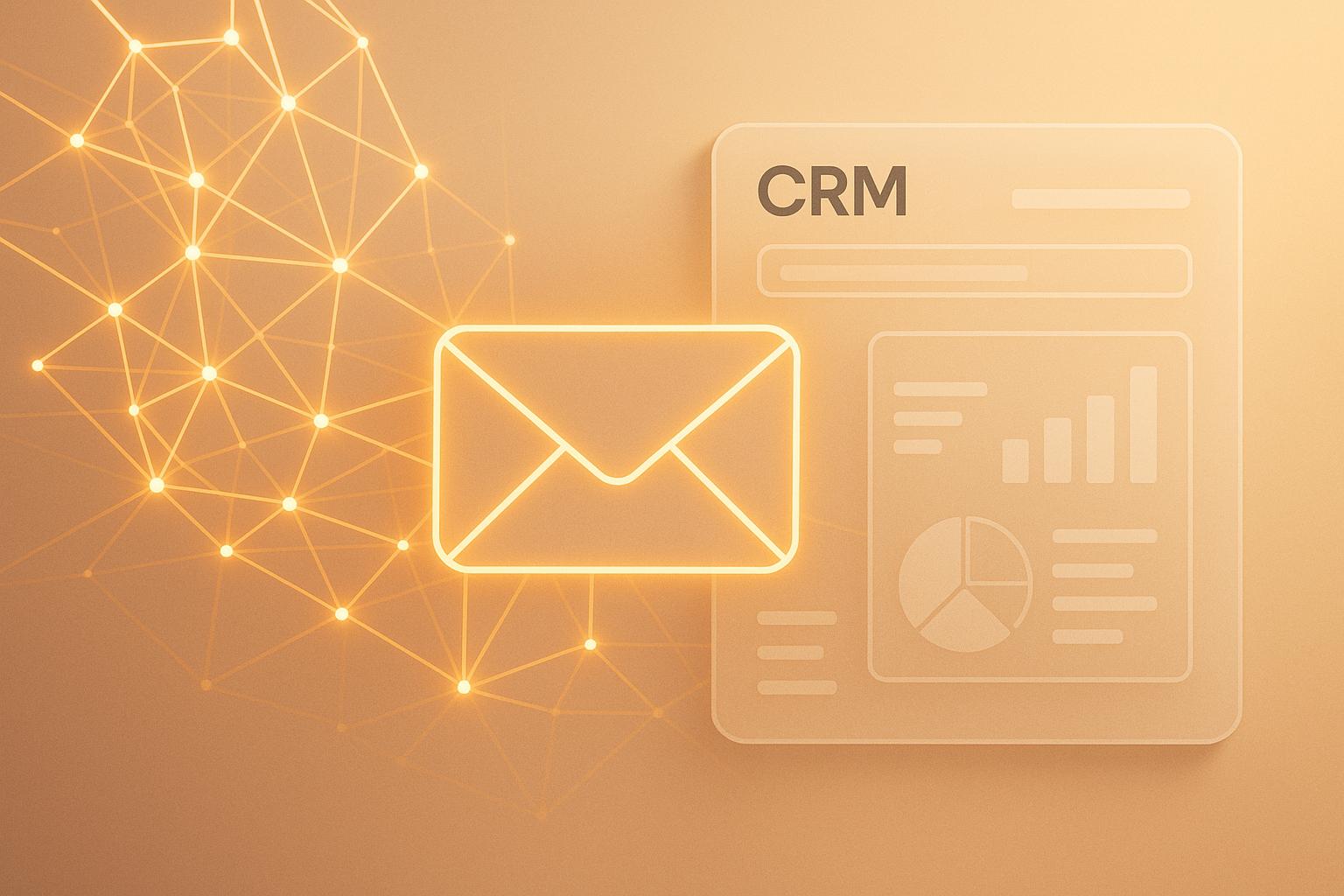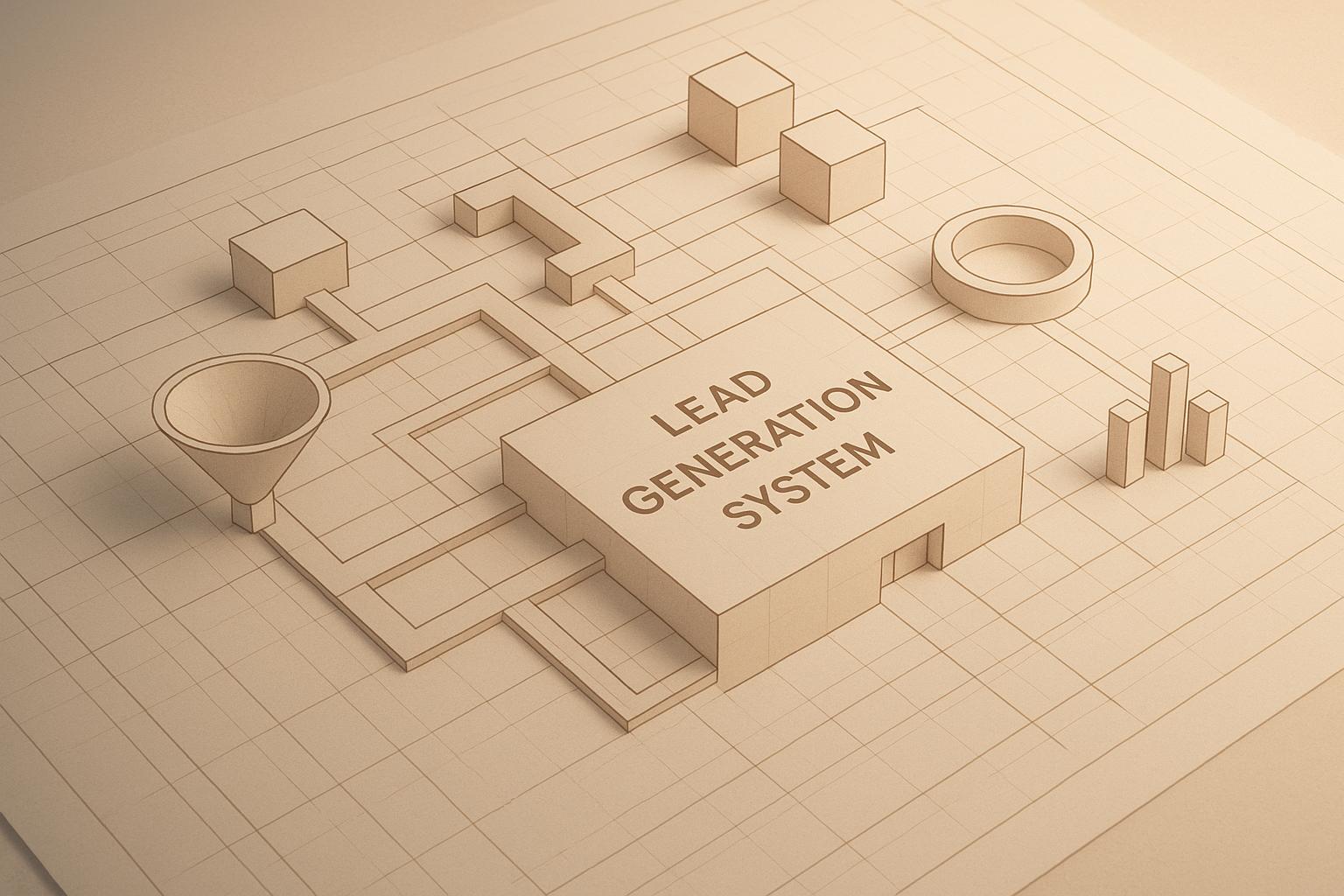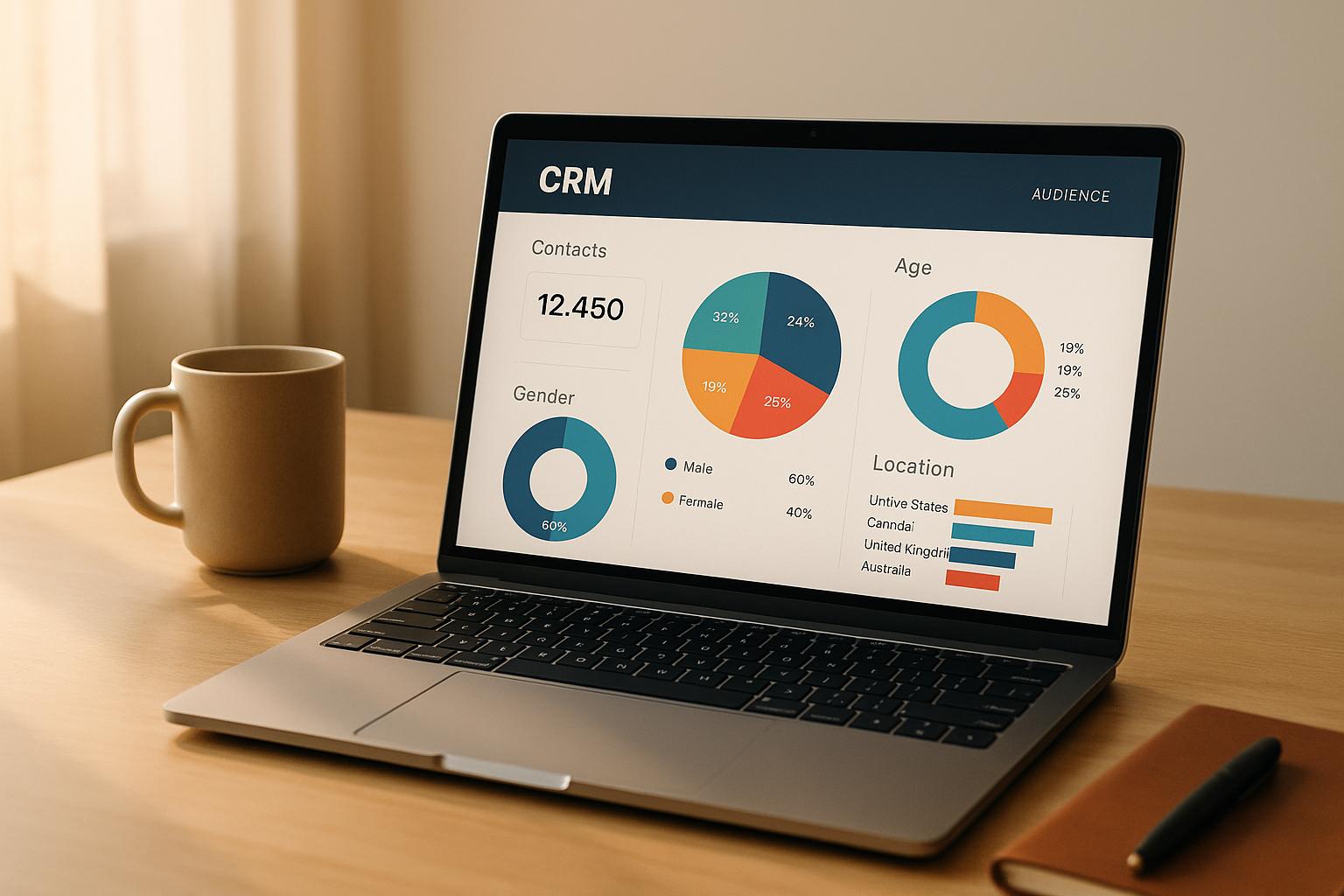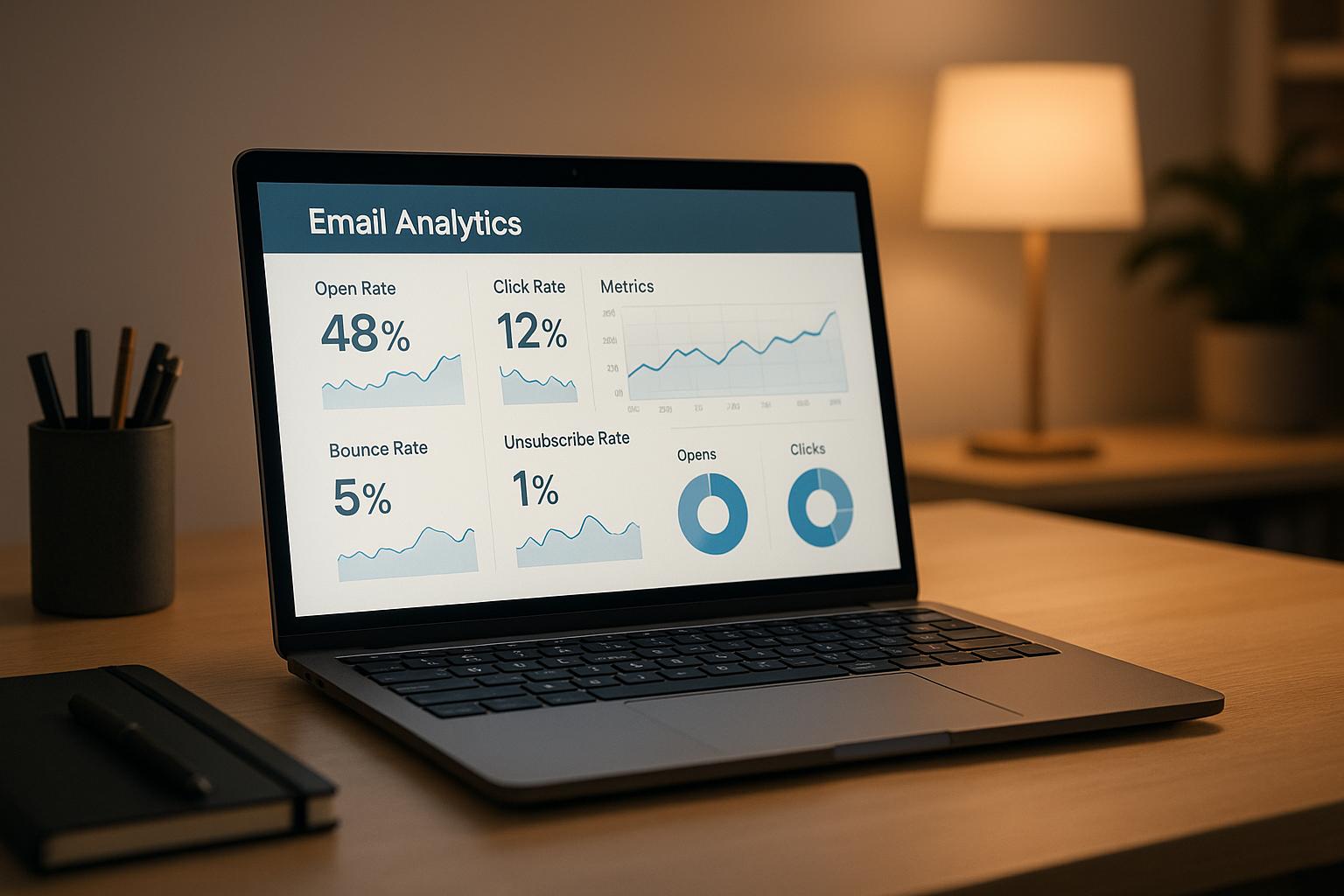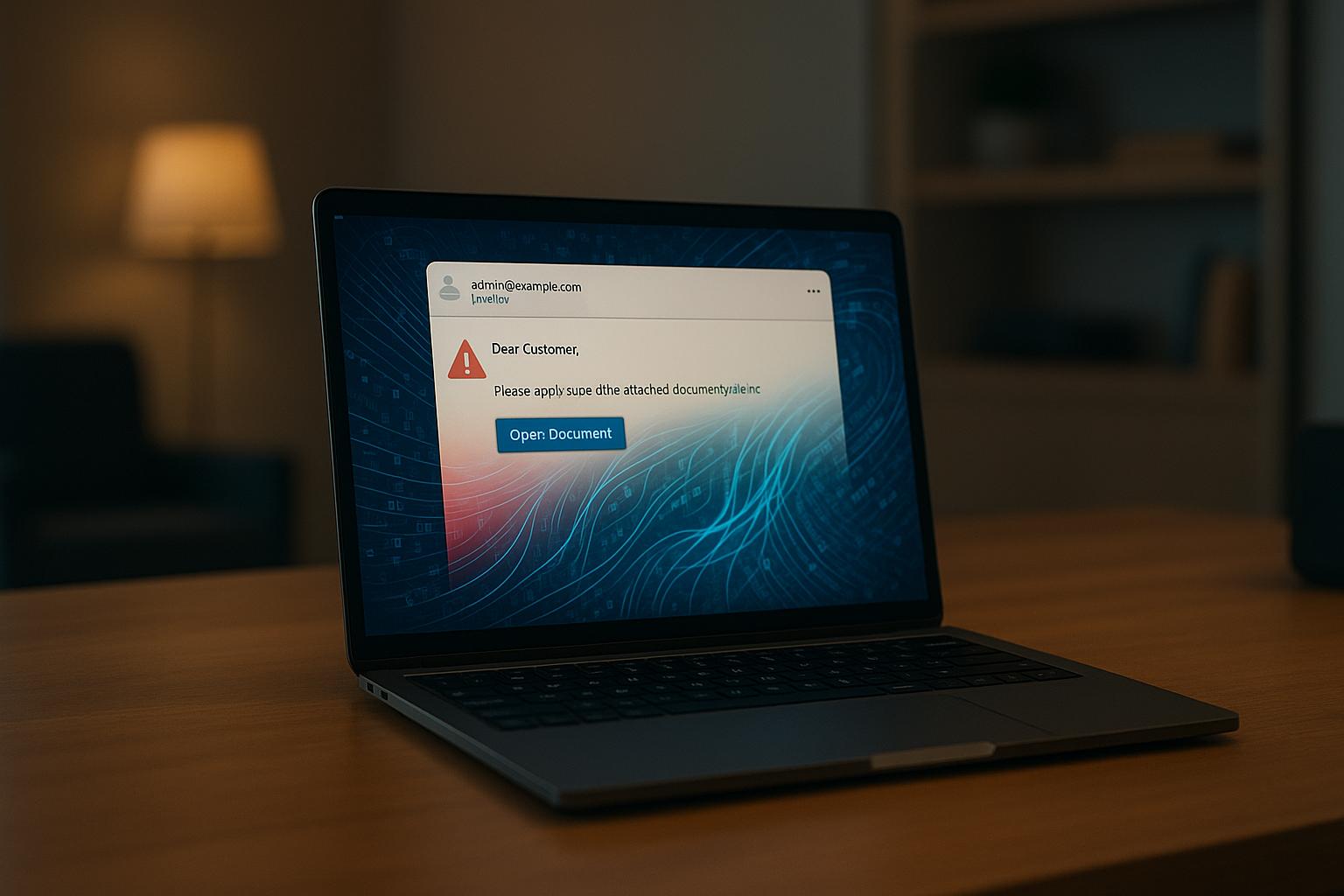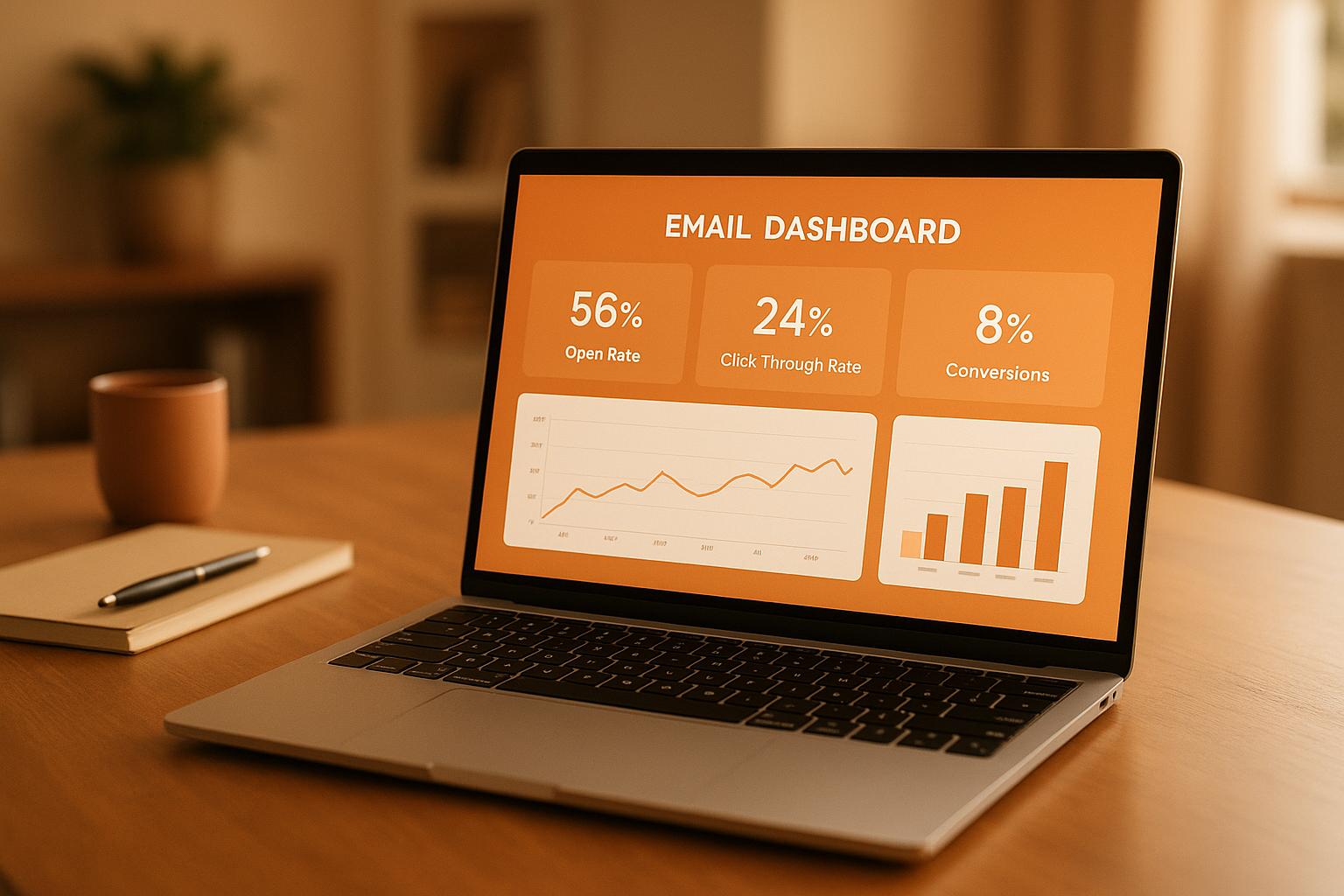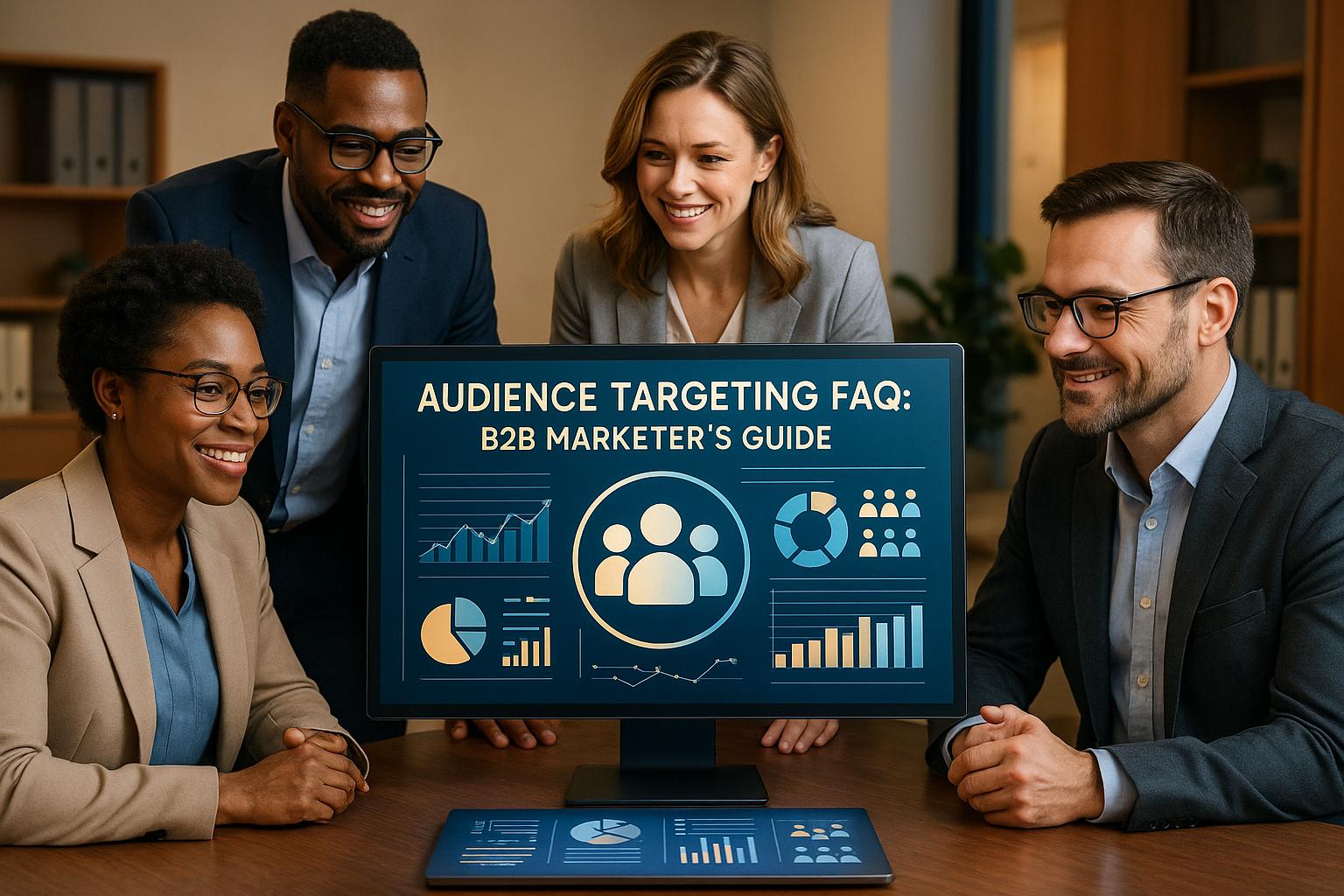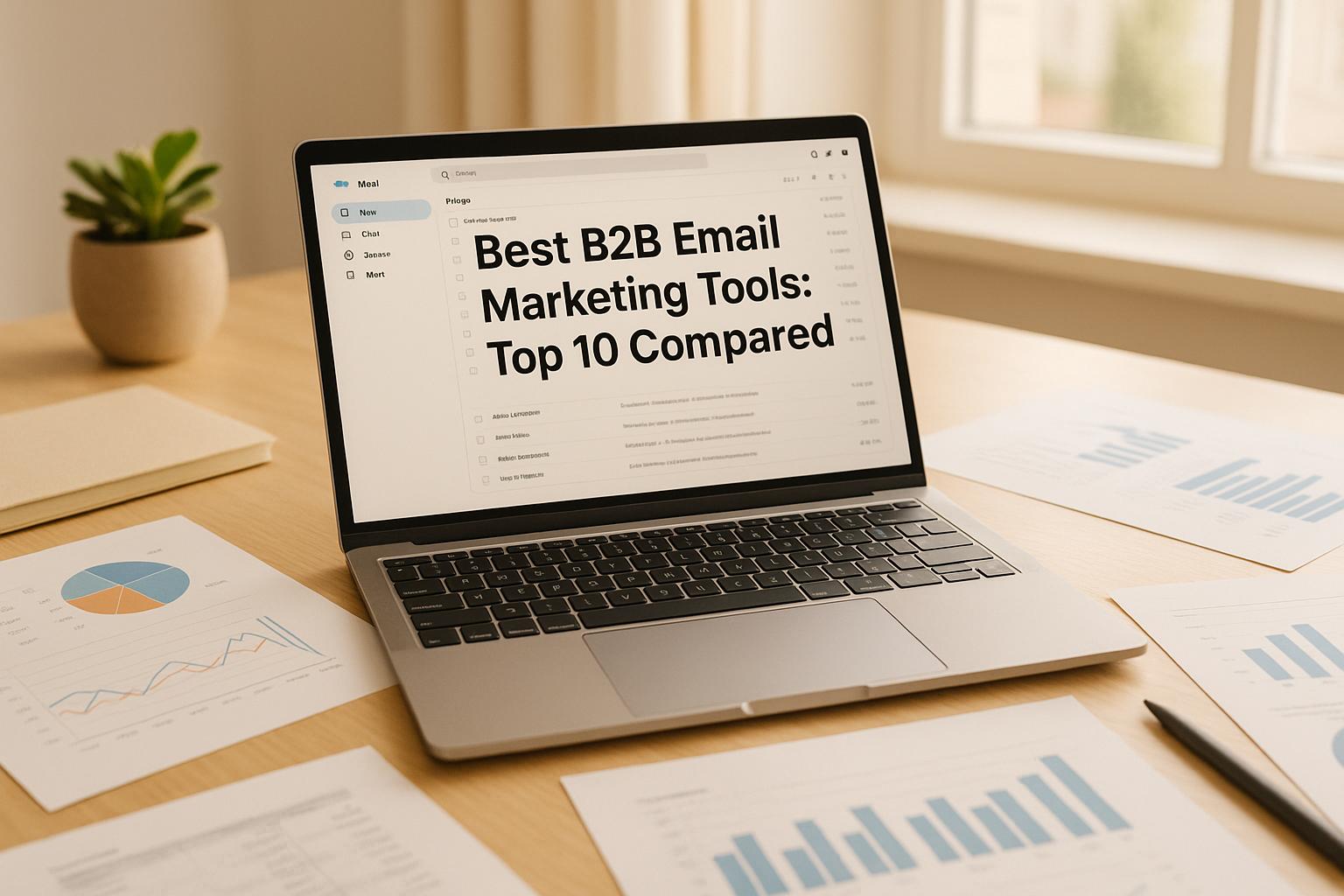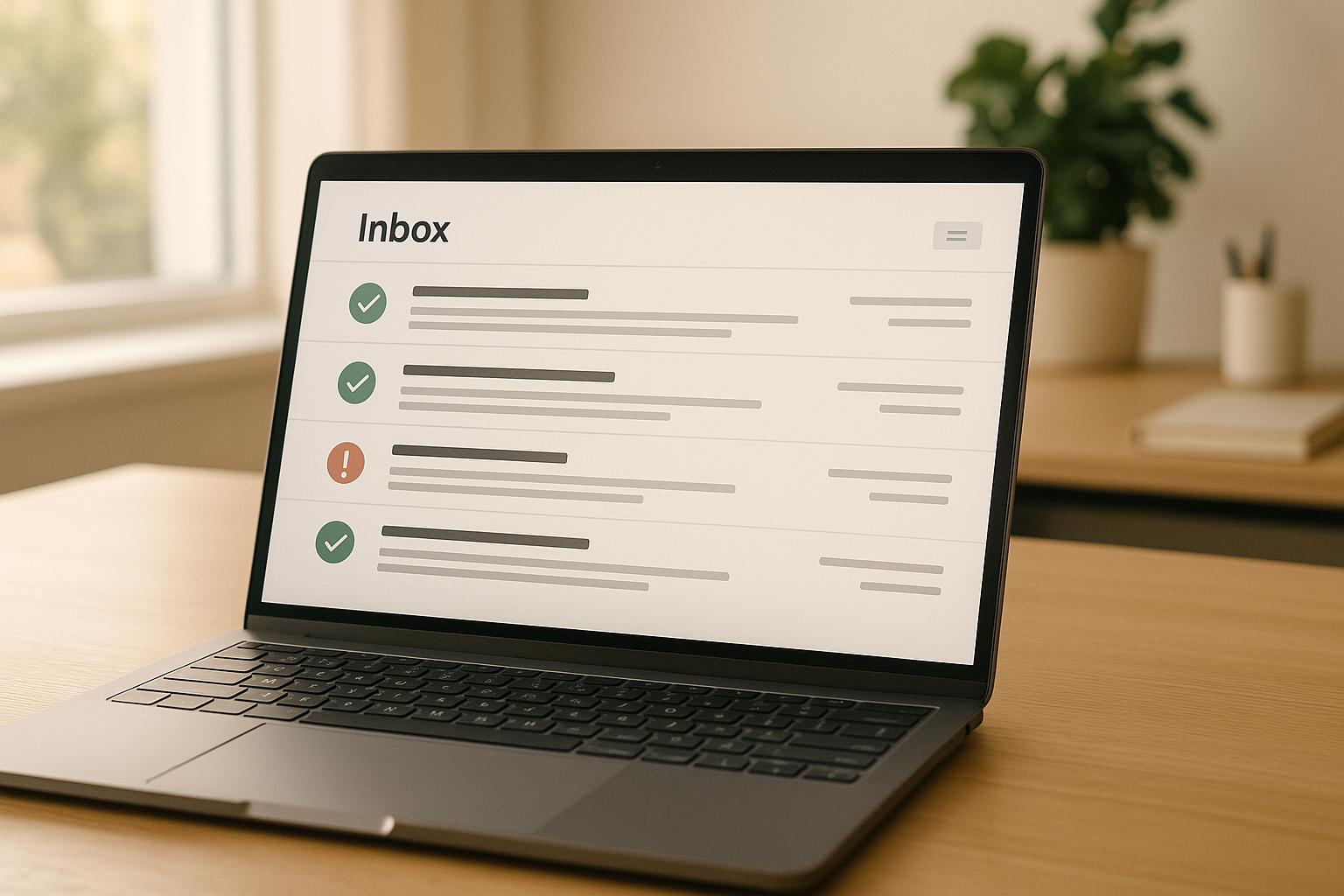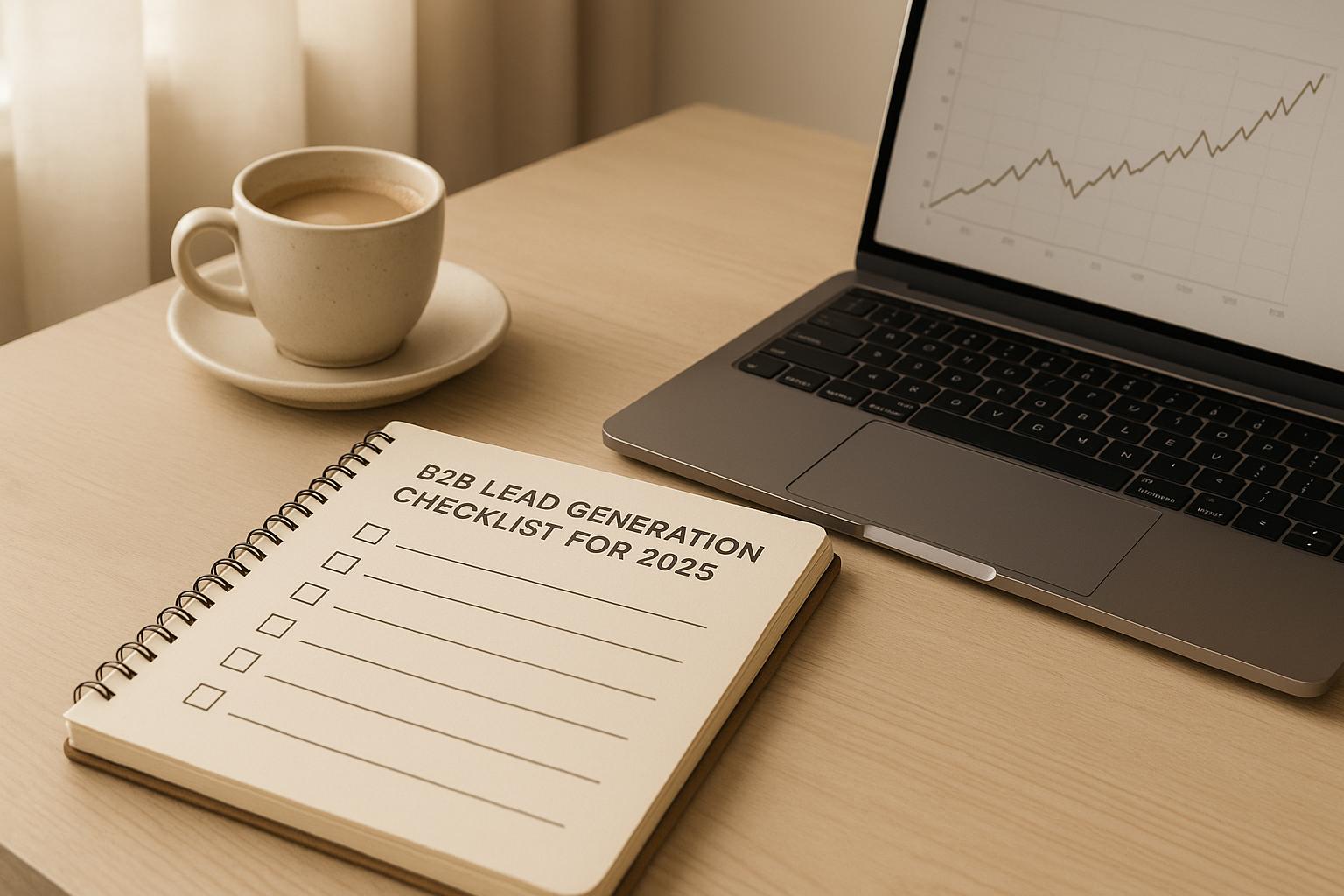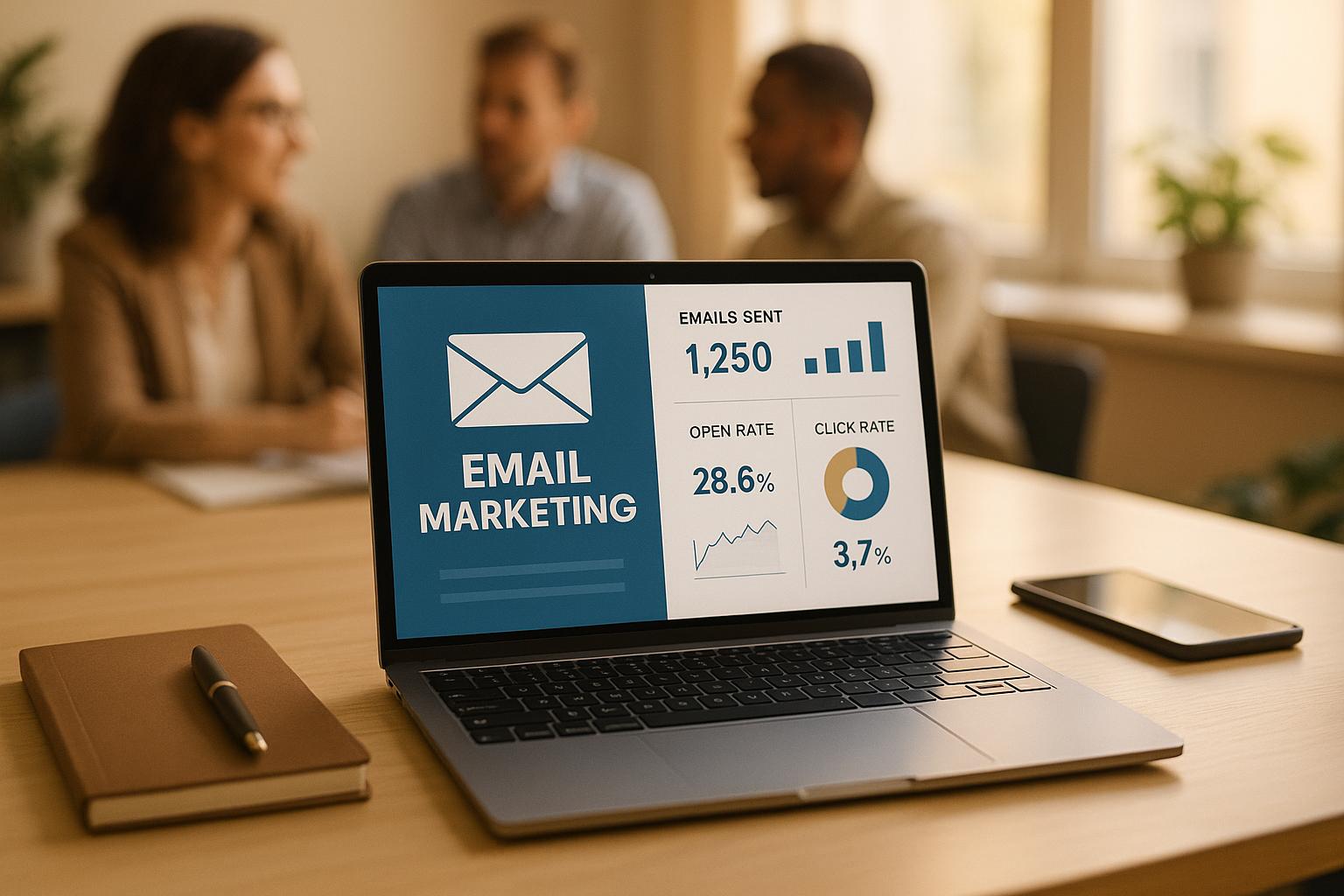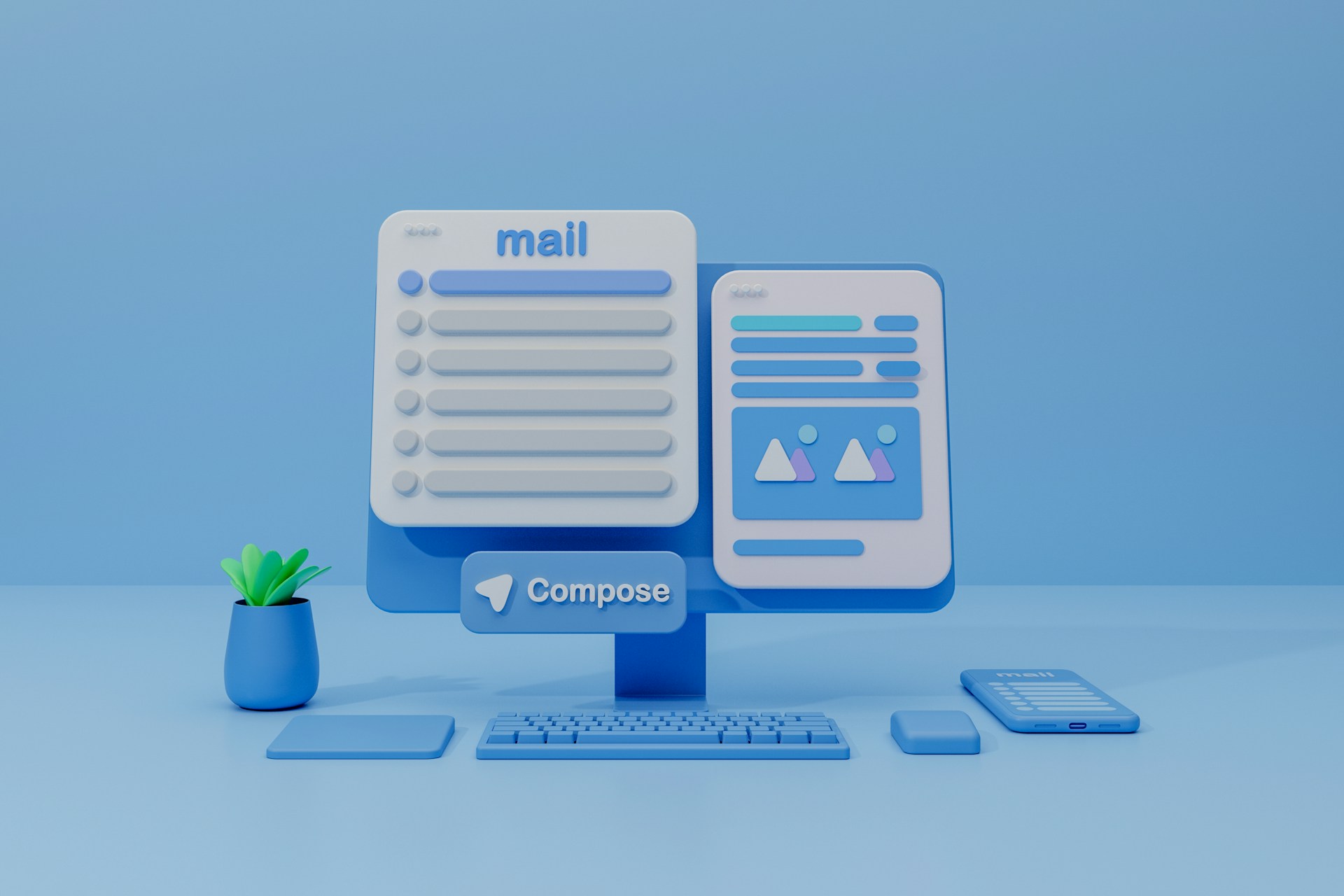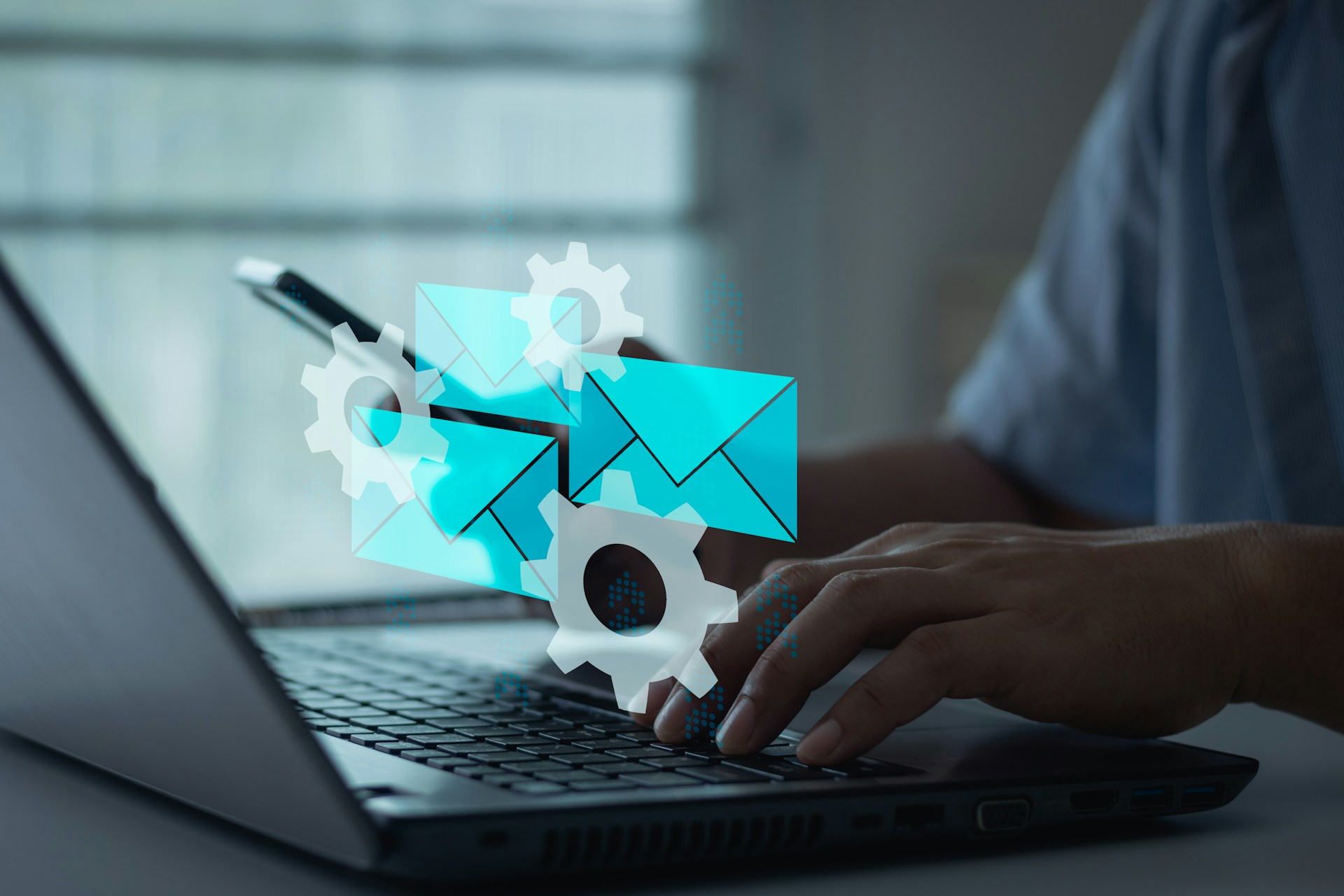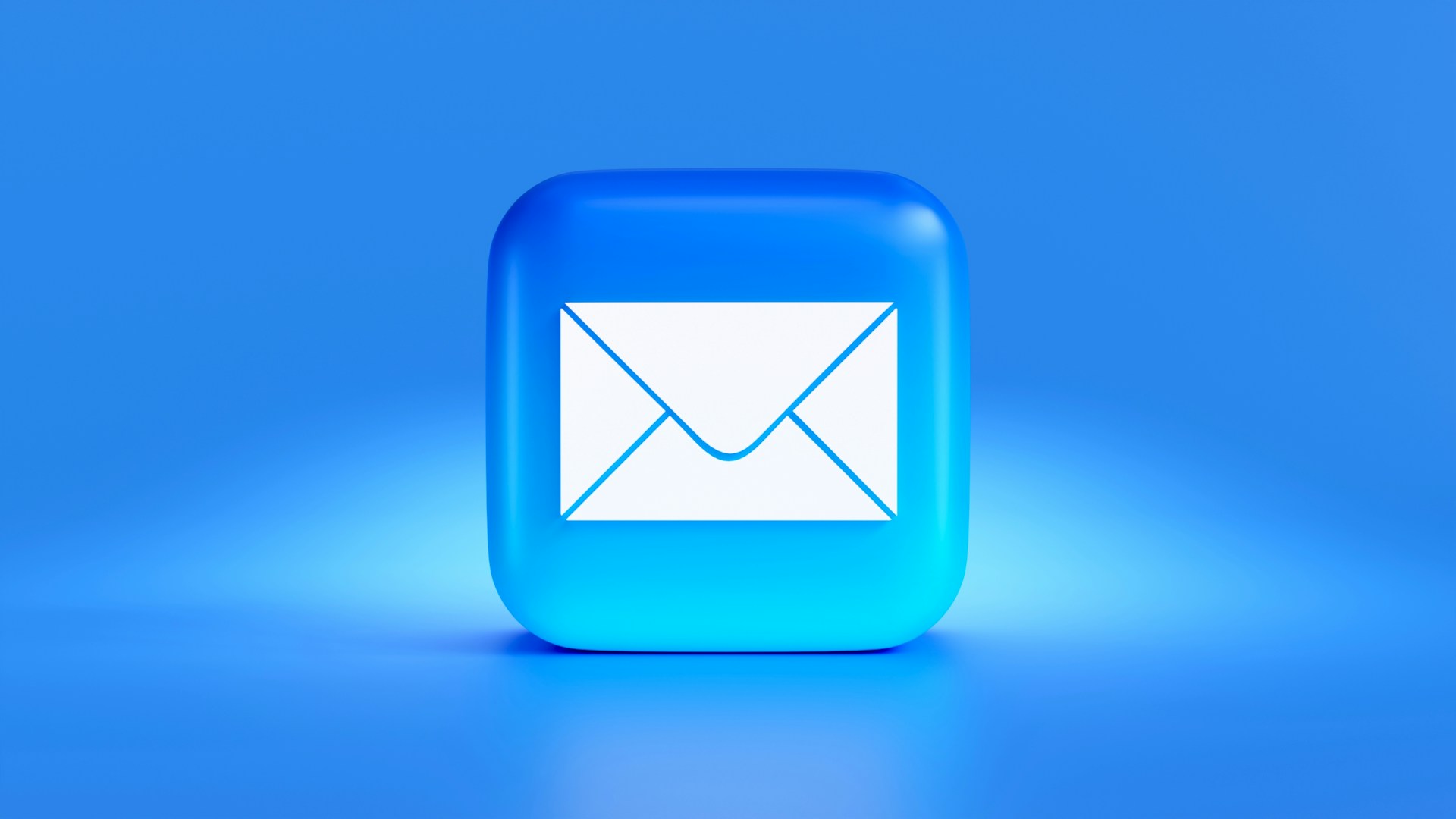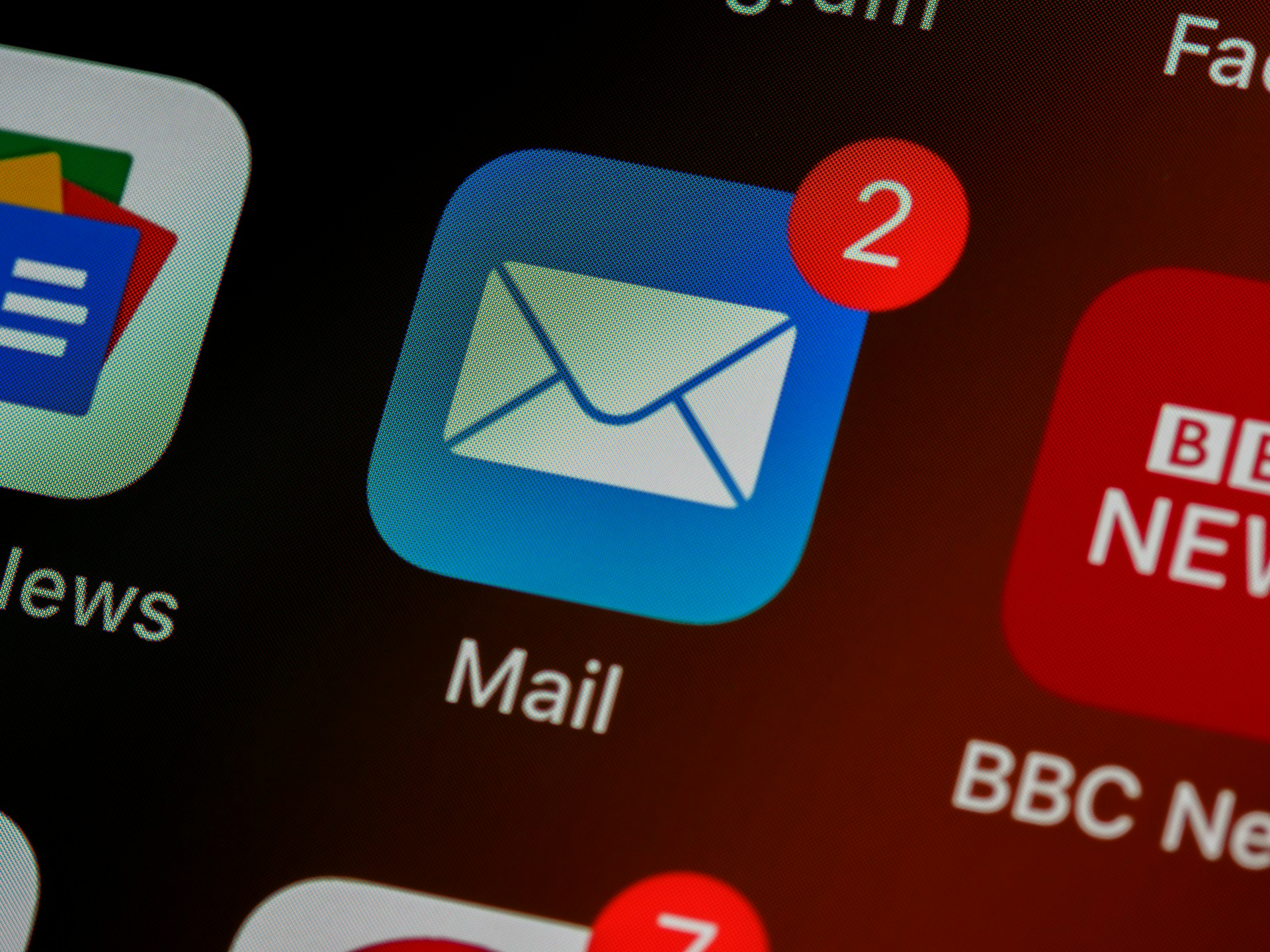Email Throttling: Basics for B2B Marketers
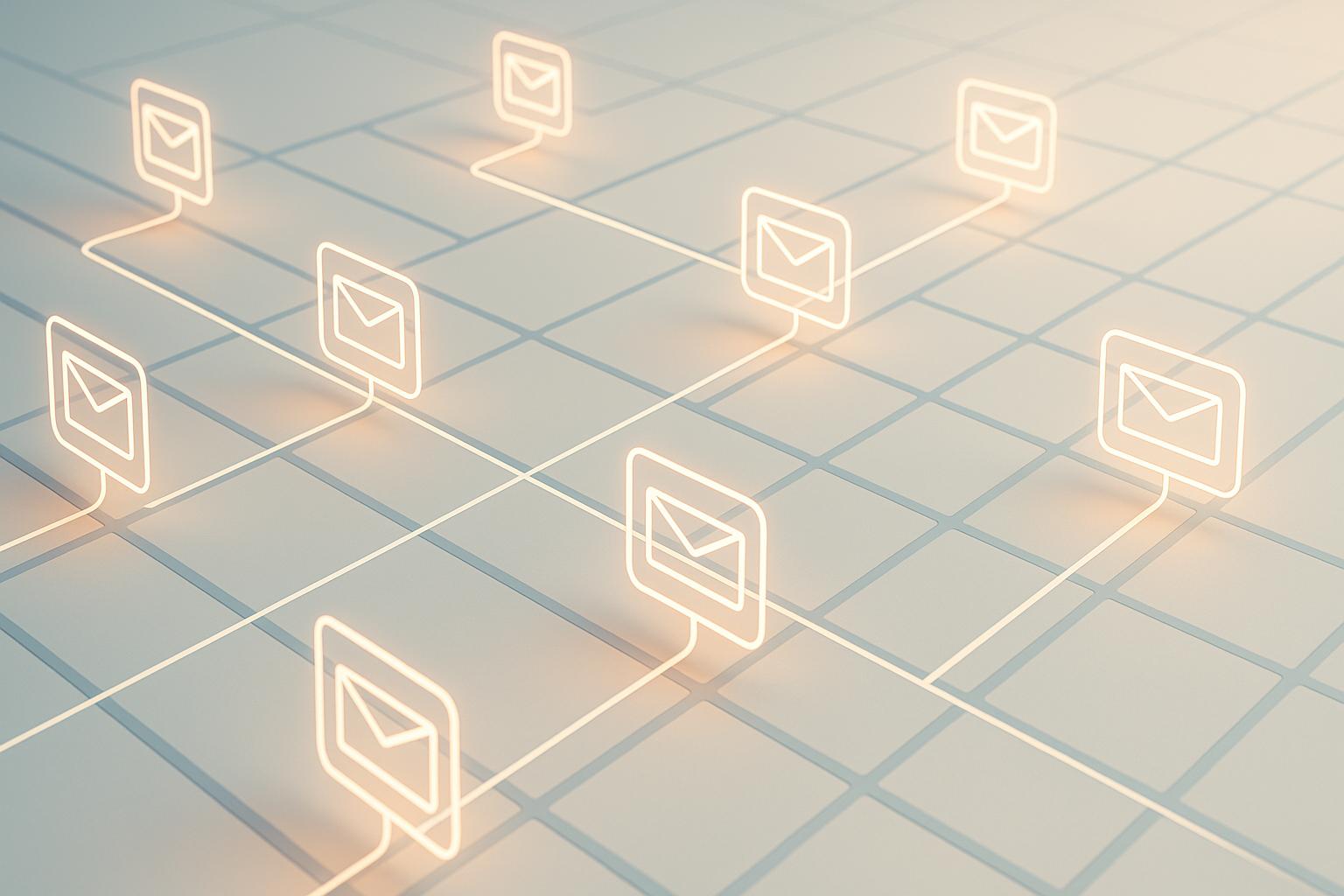
Email throttling is a method B2B marketers use to control the pace of email delivery, ensuring emails are sent gradually rather than all at once. This helps avoid spam filters, protect sender reputation, and improve inbox placement rates. For high-stakes B2B campaigns, where reaching key prospects is critical, throttling ensures consistent deliverability and reduces the risk of blacklisting or bounces.
Key Takeaways:
- What It Does: Limits email volume over time to avoid overwhelming servers or triggering spam filters.
- Why It Matters: Protects your sender reputation and ensures emails reach valuable business contacts.
- How It Works: Uses methods like rate limits, batch sending, and gradual ramp-ups to manage delivery speed.
- Best Practices: Start slow with new email lists, use automation tools, and monitor ISP feedback to adjust strategies.
Throttling isn’t optional for B2B marketers - it’s a necessary practice to keep your campaigns on track and your emails out of spam folders.
What Is Email Throttling? - TheEmailToolbox.com
How Email Throttling Works
Email throttling acts like a traffic controller for email servers, ensuring messages flow smoothly without overwhelming the system. By regulating the rate and volume of emails being sent, throttling helps maintain deliverability and protects server infrastructure. This process involves two levels of control: one managed by your email service provider (ESP) and the other enforced by recipient systems. Together, these controls create a balanced system that supports effective email delivery for B2B campaigns.
Email Throttling Mechanics
Email throttling operates through two key mechanisms: sender-side controls and ISP-imposed limitations.
- Sender-side controls are proactive measures set by your ESP to avoid delivery issues before they arise. These controls often depend on the sender's reputation and history. For instance, a new B2B sender might be limited to a few hundred emails per hour, while more experienced senders with a strong reputation can handle much larger volumes.
- ISP-imposed throttling, on the other hand, happens on the recipient's side. Internet service providers monitor the influx of emails and may enforce restrictions if they detect unusual patterns, such as sudden spikes in volume that resemble spam. In such cases, ISPs may delay or reject emails, often returning messages like, "User is receiving mail at too great a rate right now; please try again later."
While sender-side throttling helps prevent issues by controlling the pace of email dispatch, ISP throttling reacts to potential problems on the receiving end. Together, these layers act as a safeguard to ensure that emails are delivered reliably, even when higher sending volumes are permitted by your ESP.
Common Throttling Methods
To manage email sending rates effectively, providers use several throttling techniques. Each method addresses specific challenges that B2B marketers encounter:
-
Rate Limits
This method caps the number of emails sent over a specific period, ensuring campaigns are delivered at a controlled, steady pace rather than all at once. -
Batch Sending
Here, large email lists are divided into smaller groups, sent at timed intervals. For example, a campaign targeting 20,000 recipients might be split into four batches of 5,000 emails, sent 30 minutes apart. This approach also allows marketers to monitor ISP feedback and make adjustments between batches. -
Connection Throttling
This technique limits the number of simultaneous SMTP connections with recipient servers. While it prevents overload, it may slow down the delivery of larger campaigns. -
Burst Throttling
This method allows short bursts of high-volume email sending, followed by enforced pauses. It’s particularly useful for time-sensitive campaigns, such as webinar invitations or product launches, where rapid initial delivery is critical. -
Ramp-Up Throttling
Designed for new senders or those using fresh IP addresses, this approach gradually increases sending volume over time. Starting with low limits and scaling up helps avoid triggering spam filters and builds a positive sender reputation.
These methods work together to protect sender reputation and ensure consistent inbox delivery. Here's a quick comparison of the key throttling techniques:
| Throttling Method | How It Works | Best For B2B Campaigns |
|---|---|---|
| Rate Limits | Restricts emails within a set timeframe | Protecting sender reputation |
| Batch Sending | Splits lists into timed groups | Large list campaigns |
| Connection Throttling | Limits simultaneous server connections | Corporate email systems |
| Burst Throttling | Allows bursts followed by pauses | Time-sensitive campaigns |
| Ramp-Up Throttling | Gradually increases sending volume | New senders or fresh IP addresses |
Often, these methods are combined to meet the specific needs of a campaign. For example, rate limits might be paired with batch sending, or a new sender might use ramp-up throttling alongside connection limits. The right approach depends on factors like your sender reputation, target audience, and campaign goals.
When throttling rules are violated, ISPs typically respond with soft bounces or deferral messages, such as "You have reached your daily sending quota." These signals indicate that adjustments to your sending patterns are necessary to maintain deliverability.
Email Throttling's Impact on Deliverability
Email throttling plays a key role in ensuring high deliverability rates in B2B email campaigns. When done correctly, it transforms potentially problematic email sends into campaigns that consistently reach their intended recipients, improving overall performance across critical deliverability metrics.
How Throttling Helps Avoid Deliverability Issues
A sudden surge in email volume can trigger spam filters to flag messages, pushing them into junk folders or blocking them outright. High-volume bursts can also lead to soft bounces, as servers reject excessive emails temporarily. Over time, repeated soft bounces can escalate into more serious deliverability challenges.
Uncontrolled sending can even result in your domain or IP being blacklisted by major ISPs. Once blacklisted, repairing your sender reputation can take weeks - or even months. Throttling mitigates these risks by spacing out email deliveries in a way that appears legitimate to ISPs. This approach gives you time to monitor delivery feedback and make adjustments before minor issues snowball into major problems. By pacing your sends, throttling not only prevents immediate issues but also sets a foundation for sustainable growth.
The Value of Gradual Volume Increases
Throttling also supports gradual increases in email volume, which is critical for building a strong sender reputation. New accounts or domains coming out of inactivity are often under close scrutiny from ISPs. A controlled ramp-up allows you to earn trust over time instead of overwhelming ISPs with high-volume sends right away.
ISPs typically impose stricter filters and lower sending limits on new or less familiar senders. Gradually increasing your email volume allows them to evaluate your sending behavior, rewarding consistency and legitimacy with better inbox placement and fewer restrictions.
For example, you might start with a few hundred emails per hour and scale up based on engagement rates and low bounce rates. This methodical approach can reduce the risk of blacklisting by over 50% for new domains compared to launching with aggressive, high-volume sends. For B2B marketers, this patient strategy builds a strong sender reputation that supports long-term success.
Comparing Throttled and Unthrottled Sending
Data highlights the clear advantages of throttling. Senders who use throttling often see up to 30% higher inbox placement rates and 20% lower bounce rates compared to those who send large volumes all at once.
Take the example of a B2B marketer who sent 50,000 emails in a single burst from a new IP address. This approach led to a 40% bounce rate and temporary blacklisting by major ISPs. After switching to throttled sending - starting with 2,000 emails per hour and gradually increasing volume - the bounce rate dropped to under 2%, and inbox placement improved significantly.
| Metric | Throttled Sending | Unthrottled Sending |
|---|---|---|
| Inbox Placement | High (consistent inbox delivery) | Low (more spam folder placement) |
| Bounce Rates | Low (minimal bounces) | High (frequent rejections) |
| Domain Reputation | Positive (builds trust over time) | Negative (risk of blacklisting) |
| Campaign Consistency | Reliable (predictable delivery) | Unpredictable (ISP reactions vary) |
| Recovery Time | Quick (easy to adjust) | Long (rebuilding takes time) |
Throttling signals to ISPs that you’re following email best practices, leading to a stronger sender reputation, better inbox placement, and fewer delivery restrictions. On the other hand, unthrottled sending can create a vicious cycle where poor deliverability damages your reputation, making recovery a lengthy and difficult process.
sbb-itb-8889418
Email Throttling Best Practices for B2B Campaigns
Email throttling, when done right, is all about balancing your outreach efforts with maintaining strong deliverability rates. The secret lies in setting the right limits, using automation tools effectively, and keeping a close eye on ISP feedback to address issues before they escalate.
Setting Custom Sending Limits
The first step is to establish sending limits that align with the type of mailbox and the history of your campaigns. For new mailboxes or domains, start slow - think 50 to 100 emails daily - and gradually increase as you see positive engagement. On the other hand, established domains with a solid reputation can handle larger volumes but still need careful monitoring, especially after periods of inactivity.
High engagement rates (like opens and clicks) signal that you can safely increase your sending volume. However, if you notice low engagement or a spike in bounce rates, it’s time to pull back . For segments that consistently underperform, stricter throttling is essential to protect your sender reputation .
For instance, increasing your send volume gradually based on engagement metrics can significantly improve your inbox placement rates. But be cautious - doubling your send volume overnight can lead to deliverability problems. Instead, plan for a steady ramp-up, especially when onboarding new team members or after a long break, to avoid sudden spikes that could harm your reputation.
Pairing these tailored limits with automated controls adds an extra layer of protection for your sender reputation.
Using Automation for Throttling
Relying on manual throttling can lead to mistakes, but automation ensures a smoother process. Automation tools can dynamically adjust your sending limits based on real-time engagement data and your sender reputation, reducing the risk of errors.
Look for platforms with features like dynamic sending limits, real-time engagement tracking, and automated feedback loop integration. Tools offering automated warm-up processes, deliverability analytics, and ISP-specific throttling controls provide the precision needed for effective B2B campaigns.
For example, Breaker utilizes automated deliverability controls to adjust sending limits dynamically. This eliminates the complexity of manual management while giving B2B marketers the control they need to scale campaigns effectively. Automation also allows for user- or group-level throttling, making it easier to maintain high deliverability as your campaigns grow.
Monitoring ISP Feedback
Even with automation in place, keeping an eye on ISP feedback is crucial to ensure your strategies stay effective. Bounce codes, spam complaints, and delivery delays are valuable indicators of potential deliverability issues that need immediate attention .
Soft bounces, for example, often mean an ISP is temporarily restricting incoming emails. If you notice a spike in these, it’s a sign to slow down your sending rates before more serious problems arise. Similarly, if spam filtering or block notifications increase, act quickly to prevent long-term damage to your reputation.
Make it a habit to review and adjust your throttling strategies at least once a month - or more often during major campaigns, after periods of inactivity, or if deliverability issues crop up. Regular reviews help ensure your sending limits align with current engagement trends, ISP requirements, and your business goals.
The best approach combines automated alerts with human oversight. Platforms with built-in feedback loops can adjust sending rates automatically when negative signals appear, allowing marketers to focus on refining campaign segmentation and content.
Also, aim to send emails during normal business hours to reduce ISP sensitivity and maintain consistent delivery rates.
Ultimately, email throttling isn’t a one-and-done task - it’s an ongoing process. By combining thoughtful limit-setting, automation, and proactive monitoring, you can build a system that protects your sender reputation while driving the success of your B2B campaigns.
Using Breaker for Email Throttling

Breaker takes the guesswork out of email throttling, offering a streamlined solution for B2B email deliverability. With built-in deliverability controls, precision targeting, and real-time analytics, it automates the technical aspects of throttling. Instead of manually managing send rates or worrying about ISP restrictions, marketers can focus on crafting compelling campaigns while Breaker handles the backend.
Its system oversees mail streams, sending logic, and reputation monitoring, ensuring emails consistently land in inboxes. By automating these processes, Breaker helps reduce risks and improves the reliability of your email campaigns.
Precision Audience Targeting
A key feature of Breaker is its ability to target the right audience with precision. By leveraging algorithms to align subscribers with your ideal customer profile (ICP), it ensures that your emails are sent only to engaged and relevant recipients. This approach minimizes the chances of emails being marked as spam, which can hurt your sender reputation. Engaged audiences naturally lead to better open rates and fewer complaints - two factors ISPs prioritize when evaluating email senders.
This targeting capability also simplifies throttling. Instead of sending bulk emails to your entire list, you can segment the audience into smaller, highly engaged groups. This not only improves engagement but also allows for a gradual expansion of your reach as your sender reputation strengthens. Additionally, Breaker’s email validation tools help maintain clean lists, reducing hard bounces that could trigger ISP throttling.
Automated Deliverability Controls
Breaker’s automation takes care of the technical heavy lifting. Its deliverability controls work seamlessly with other features to ensure smooth email delivery. The platform manages mail streams with a combination of sending logic, list hygiene, and reputation monitoring, all designed to maintain reliable inbox placement. Sending rates are automatically adjusted based on real-time feedback from ISPs, preventing sudden spikes in volume that could lead to throttling.
The system also manages domain warm-ups and dynamically adjusts sending limits to match ISP signals, ensuring consistent performance. For teams managing multiple campaigns, this automation eliminates the risk of inconsistent throttling practices or accidental over-sending, keeping your campaigns running smoothly.
Real-Time Performance Analytics
Breaker’s analytics dashboard provides instant insights into key metrics like open rates, click-through rates, and subscriber growth. This real-time visibility allows you to quickly identify and address potential issues before they escalate. For example, if you notice declining engagement rates or unusual delivery patterns - such as lower open rates from a specific ISP - you can adjust your strategy immediately to maintain deliverability.
With an impressive average open rate of 74% and a click-through rate of 48% across active campaigns, Breaker’s analytics help you identify what’s working and what needs improvement. The platform also tracks trends over time, showing how changes in send volume impact engagement, which helps refine your long-term strategy. It’s no surprise that Breaker boasts an average satisfaction rating of 4.8/5 from B2B marketers, with many users noting significant improvements in deliverability and campaign performance thanks to its integrated throttling and analytics tools.
Conclusion
Email throttling plays a key role in managing the flow of outbound emails, helping to prevent deliverability problems caused by sudden spikes in volume. These spikes can harm your sender reputation, making throttling an essential tactic for maintaining email campaign success.
By gradually increasing email volume, throttling not only avoids spam filters but also improves inbox placement, reduces bounce rates, and encourages better engagement. Businesses that use throttling effectively often experience fewer emails flagged as spam and enjoy higher returns on their campaigns thanks to improved deliverability.
Without throttling, sudden surges in email volume can trigger spam filters, increase bounce rates, and even lead to blacklisting. These issues can result in lost revenue and wasted resources, underscoring the importance of automated, consistent throttling.
Automation is particularly crucial here. While manual throttling can lead to errors and risky volume spikes, automated systems can fine-tune sending rates in real-time. This ensures smoother delivery and minimizes mistakes that could harm your campaigns.
Experts recommend keeping daily volume increases under 2x and tailoring limits based on factors like the age of the email list, past activity, and engagement metrics. Adhering to these guidelines ensures a steady, sustainable approach to email volume management, setting the stage for long-term success.
Throttling also provides valuable insights for performance analysis, builds trust with recipients, and helps you time your content more effectively. When done properly, it becomes a behind-the-scenes powerhouse, protecting your sender reputation and driving better campaign results.
FAQs
What is email throttling, and how does it improve deliverability for B2B campaigns?
Email throttling is all about controlling how many emails are sent within a specific timeframe. For B2B marketers, this practice plays a key role in safeguarding a good sender reputation and ensuring emails actually reach their intended recipients.
By breaking down email sends into smaller, more controlled batches, throttling helps avoid overwhelming recipient servers. It also minimizes the risk of triggering spam filters, increasing the chances that your emails will land in inboxes rather than being flagged as spam.
Another advantage? Throttling lets you track performance in real time. This means you can tweak your approach as needed, making your email campaigns more effective and ensuring they reach the right audience.
What risks could arise from not using email throttling in high-volume B2B campaigns?
Sending a large volume of emails without using email throttling can seriously damage your sender reputation. When you send too many emails in a short period, internet service providers (ISPs) might see this as suspicious behavior. The result? Your emails could end up flagged as spam or even get blocked entirely.
This directly impacts your email deliverability, reducing the number of messages that actually make it to your audience's inboxes. For B2B marketers, keeping a solid sender reputation is essential to ensure your campaigns succeed and land in the right inboxes.
How can Breaker simplify email throttling for B2B marketers?
Breaker streamlines email throttling by pairing automated lead generation with accurate audience targeting to ensure your emails land in the right inboxes at the perfect time. Its features are built to support strong deliverability rates, a critical factor for running successful email campaigns.
With automation handling time-consuming tasks, Breaker allows B2B marketers to save time, cut down on manual work, and concentrate on crafting meaningful content - all while keeping their campaigns running at peak performance.


